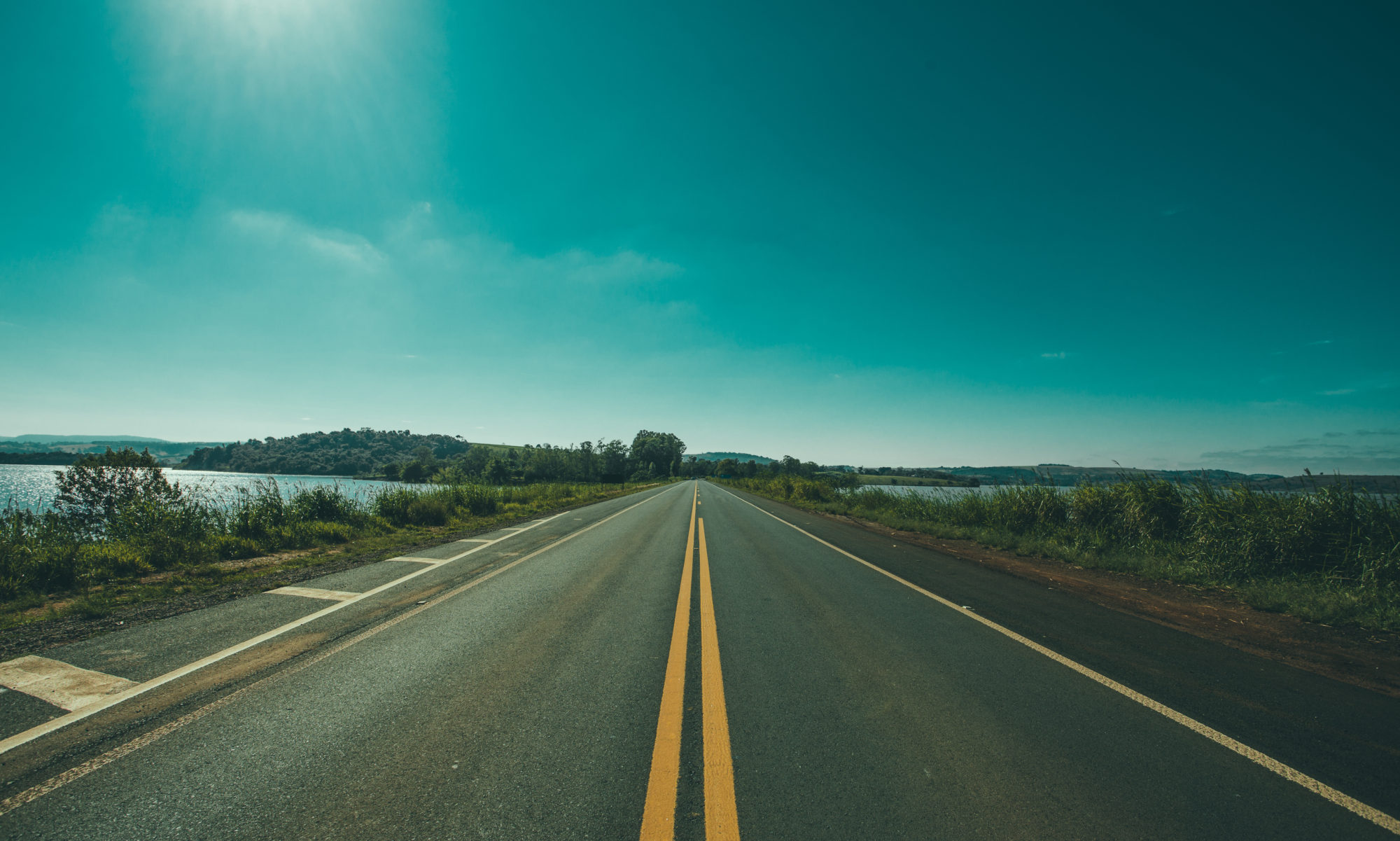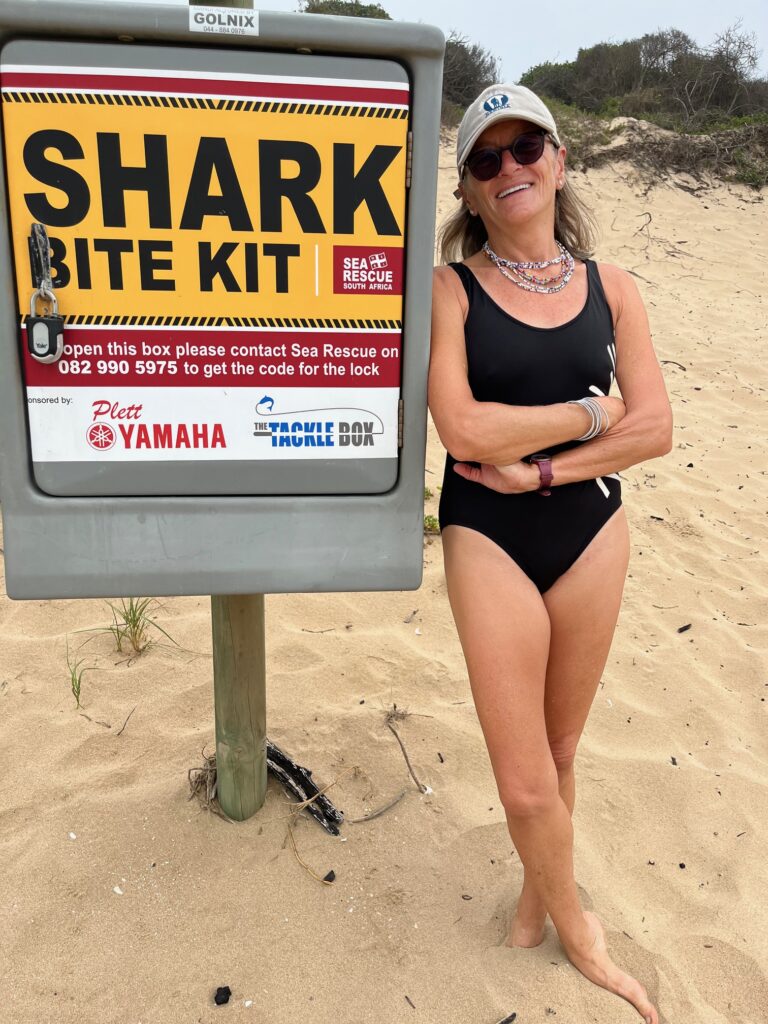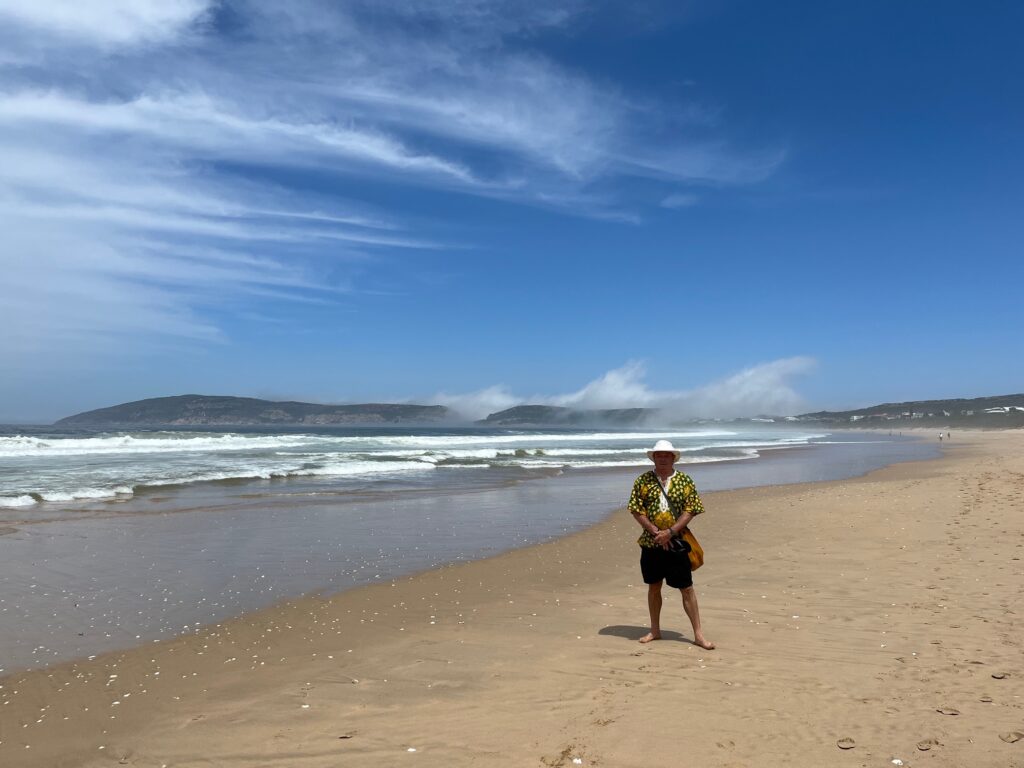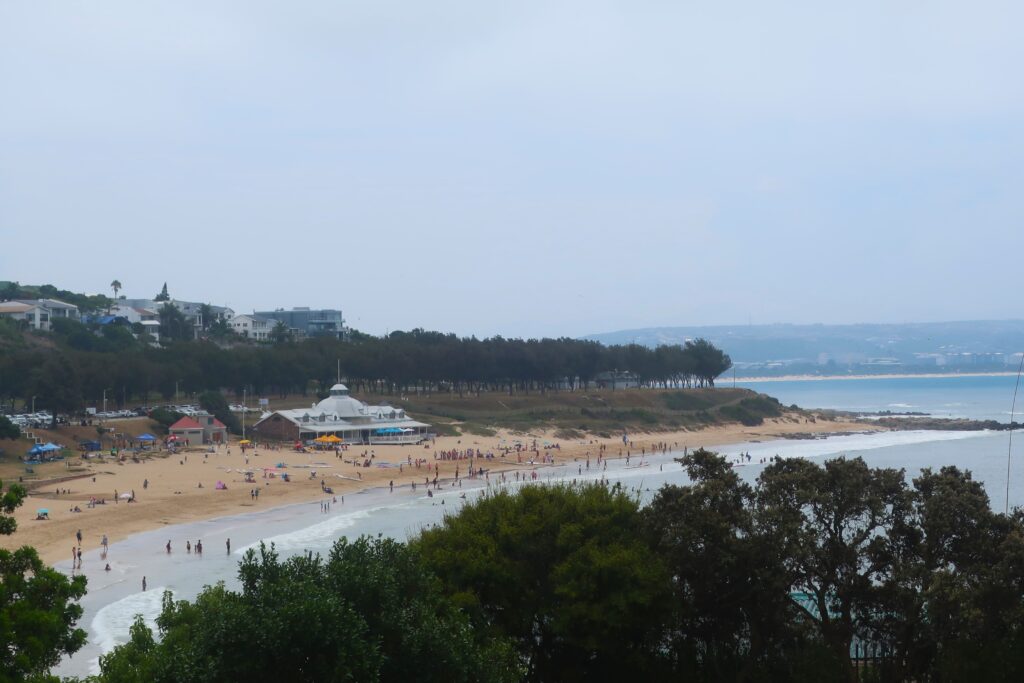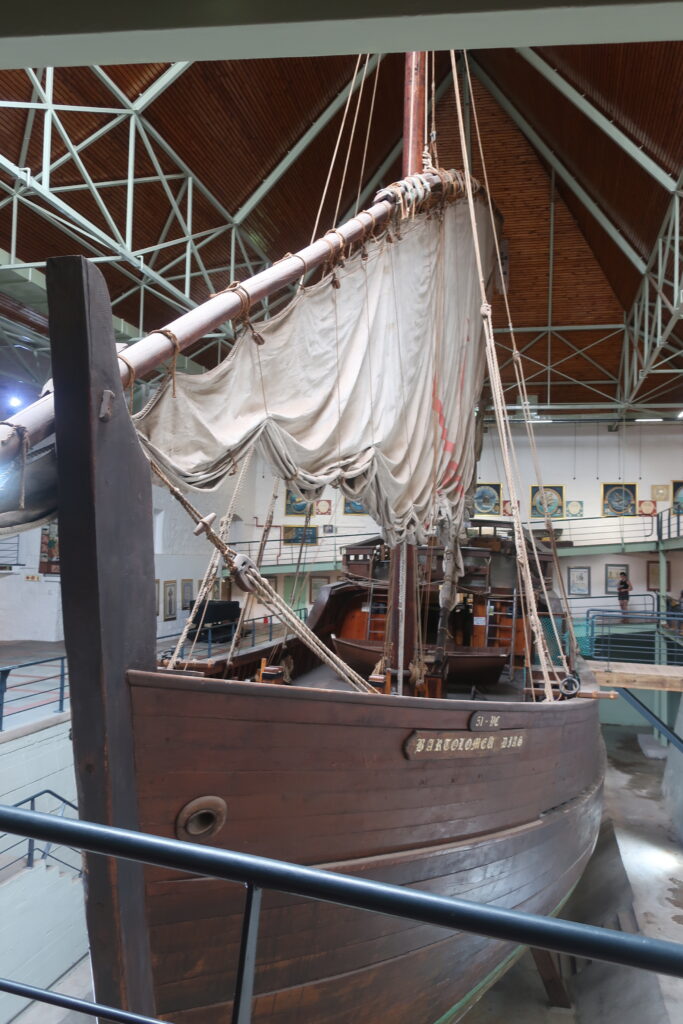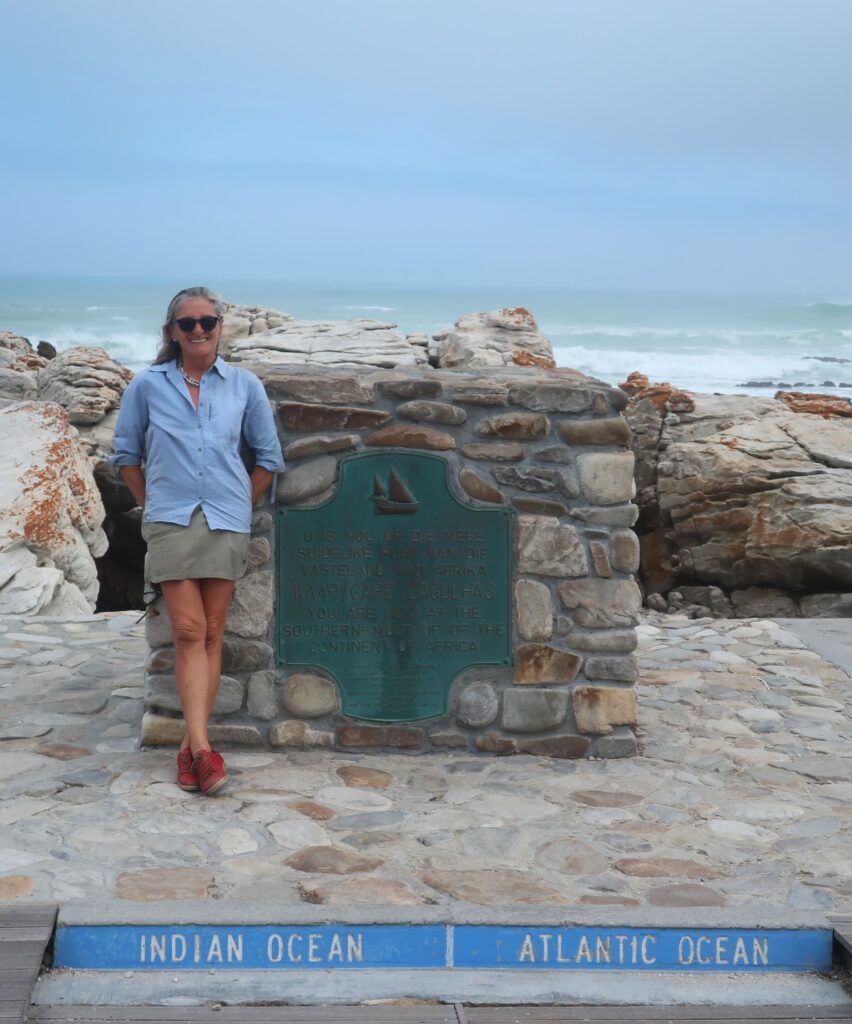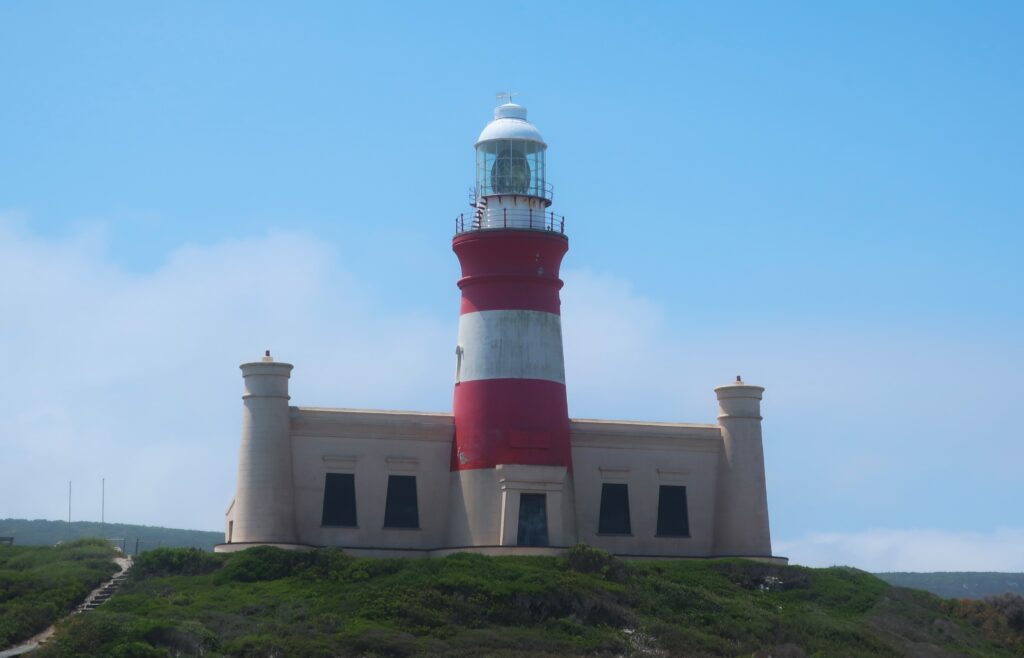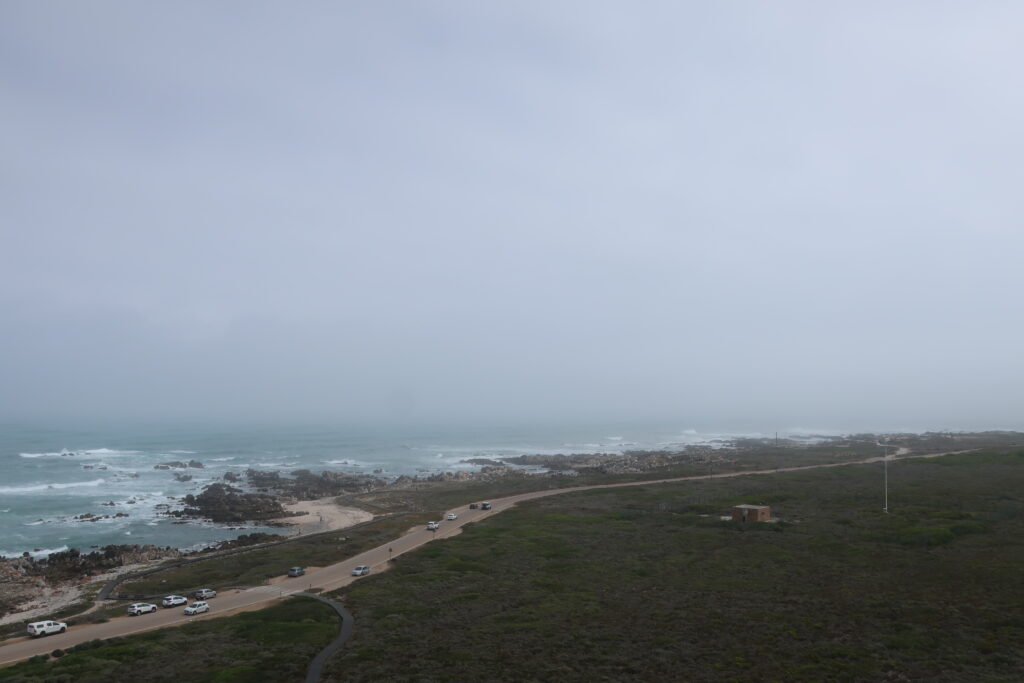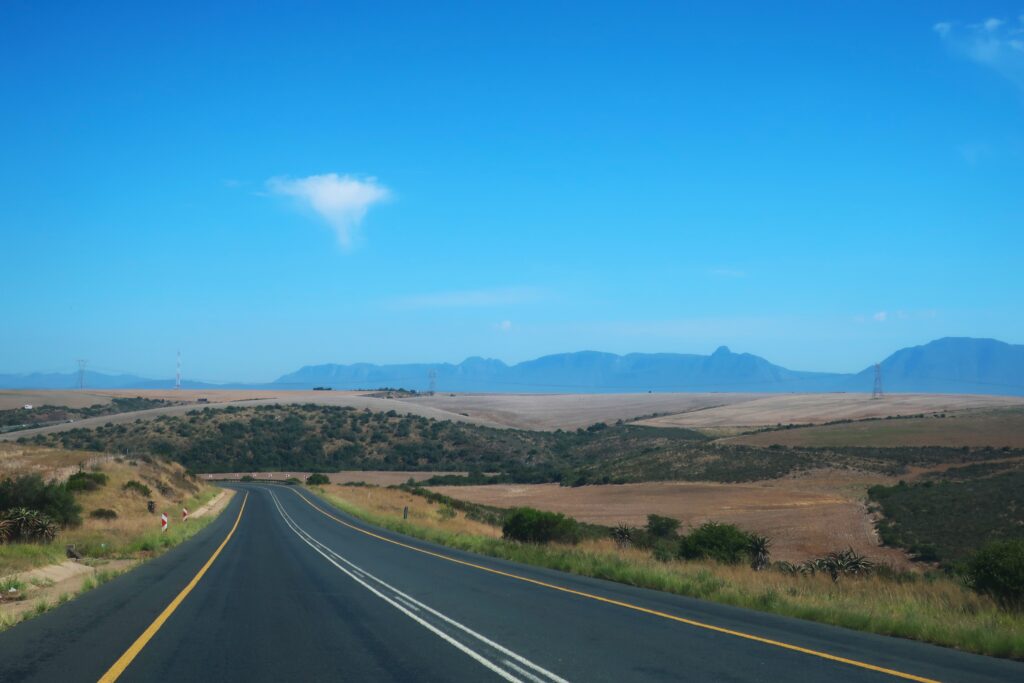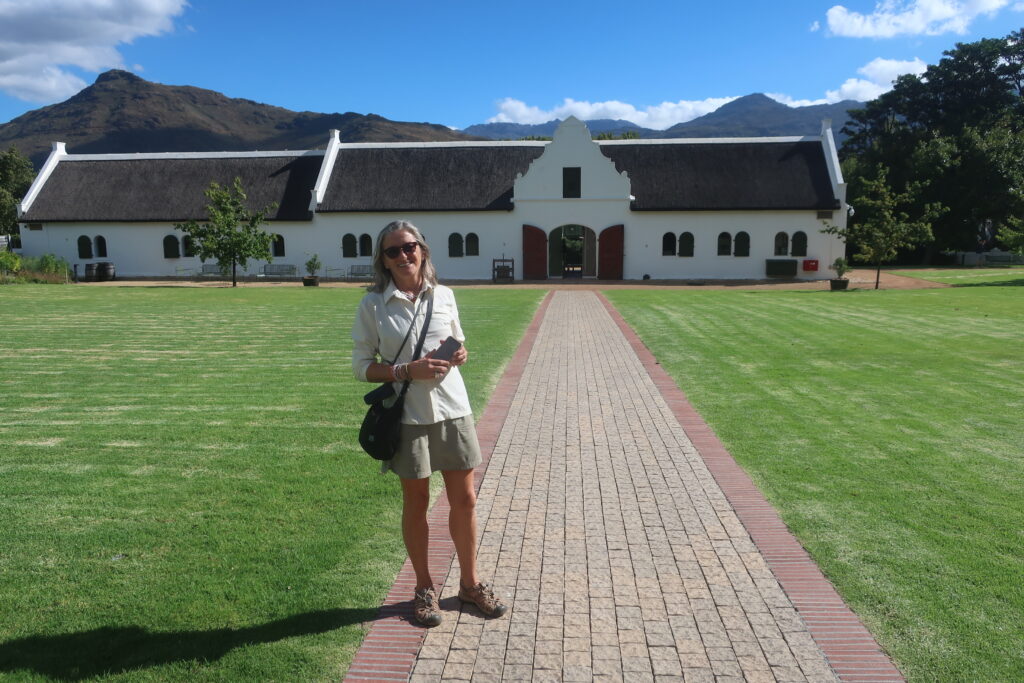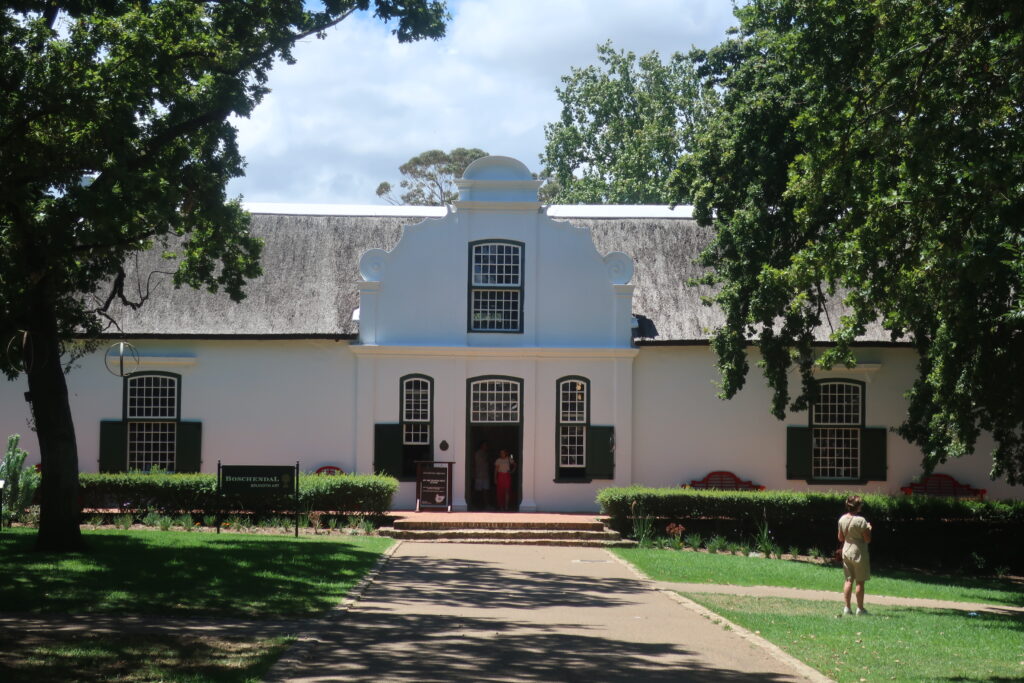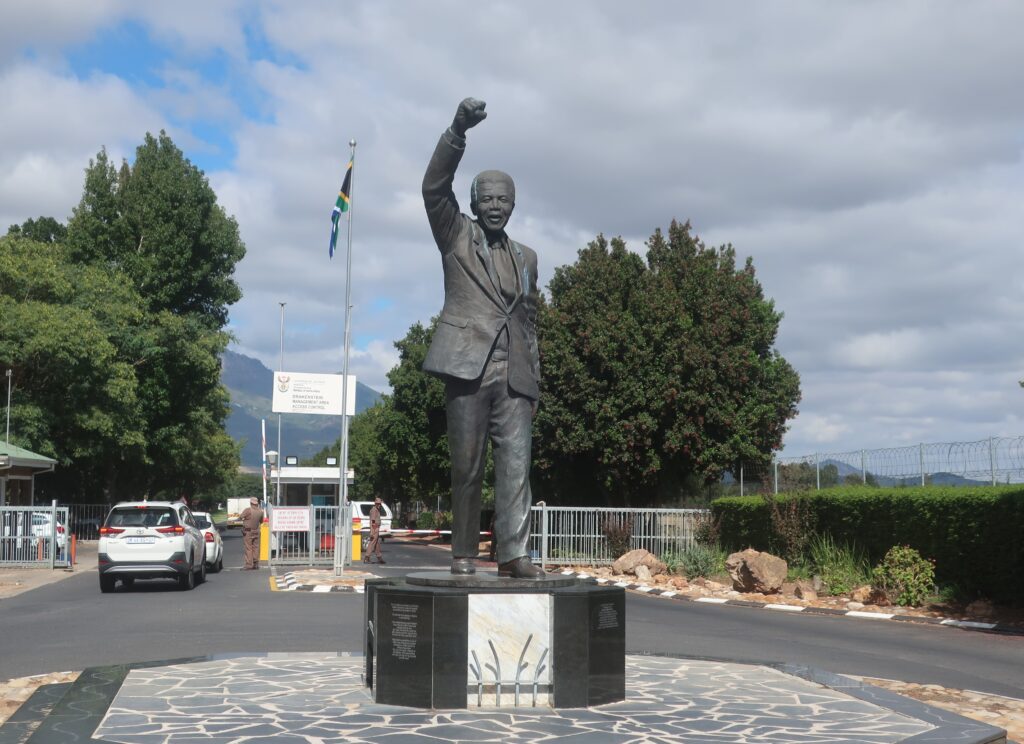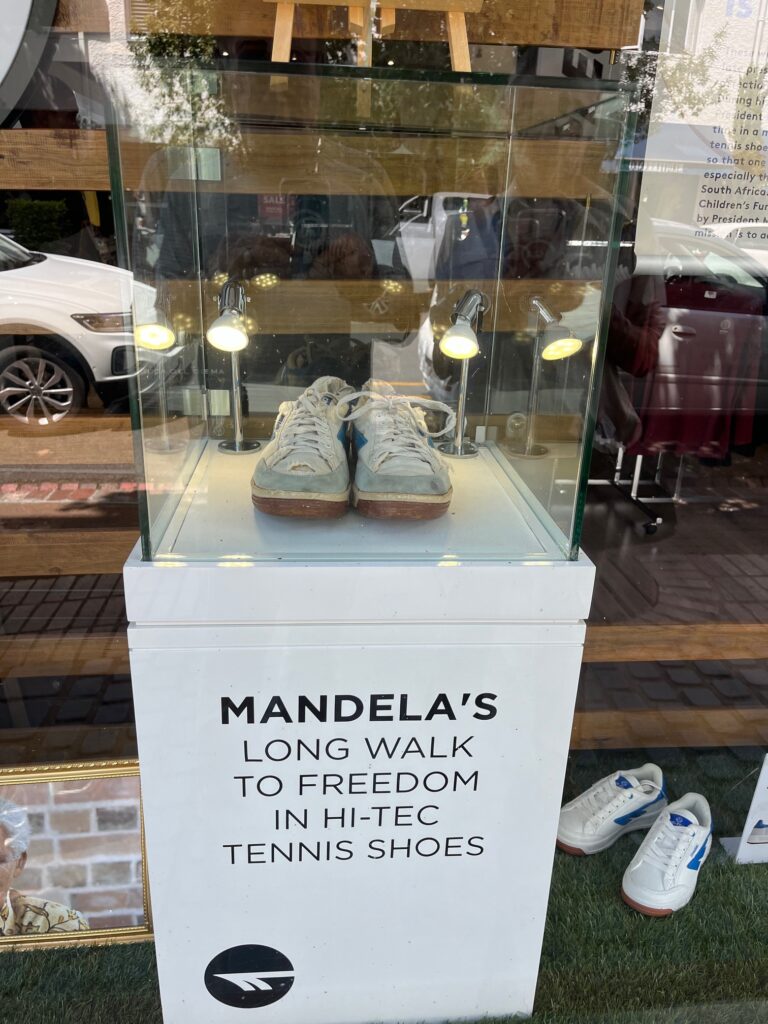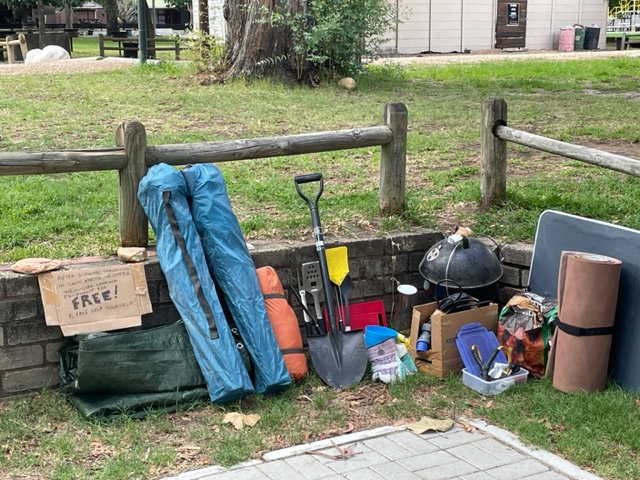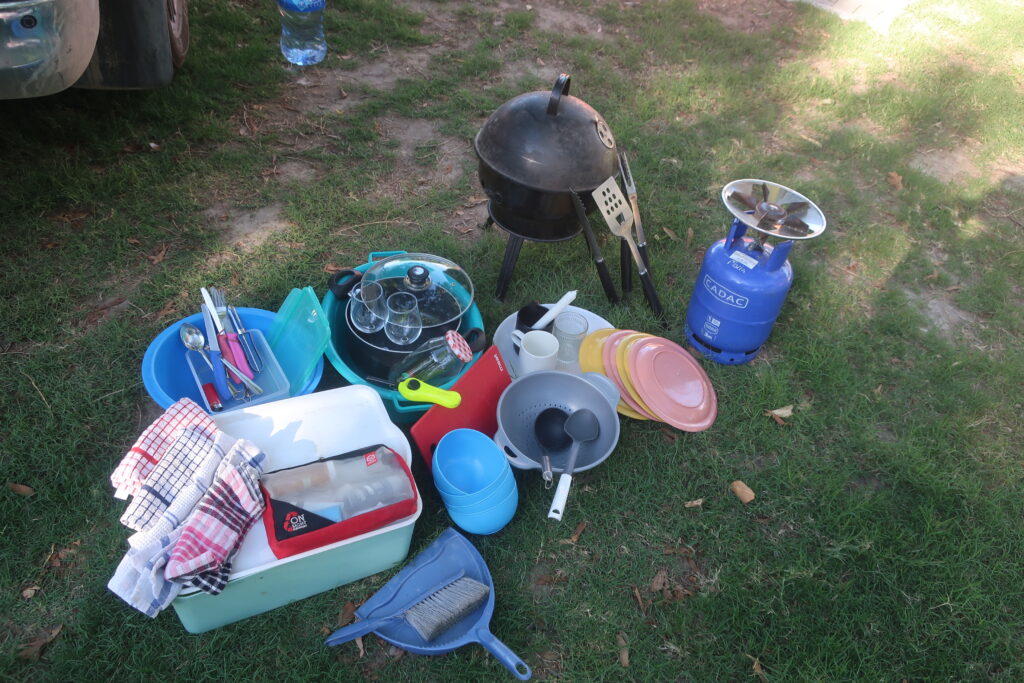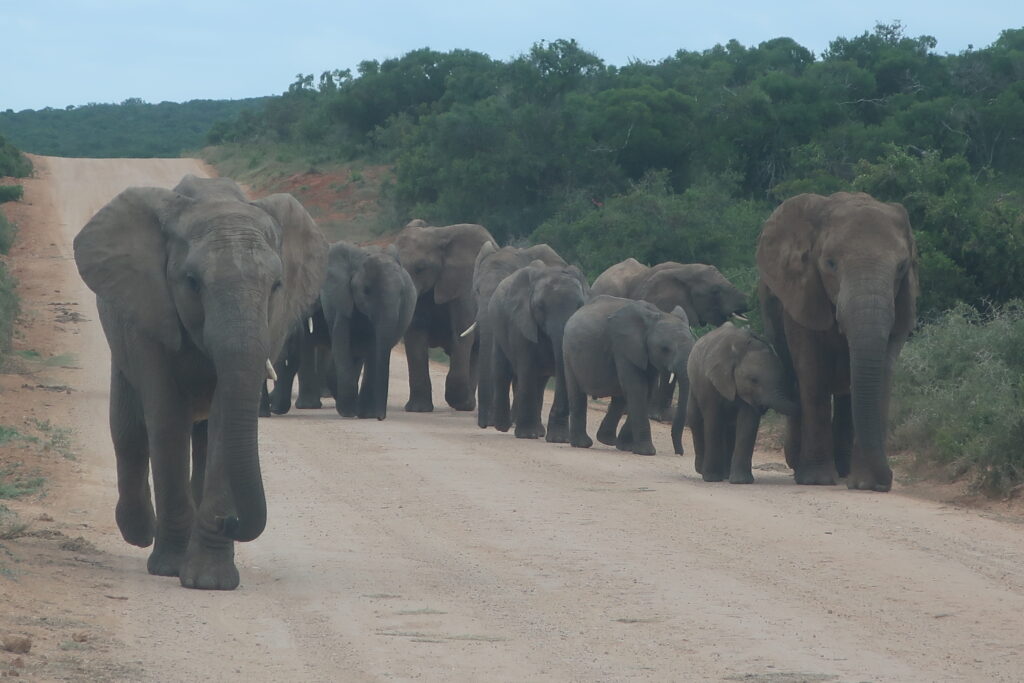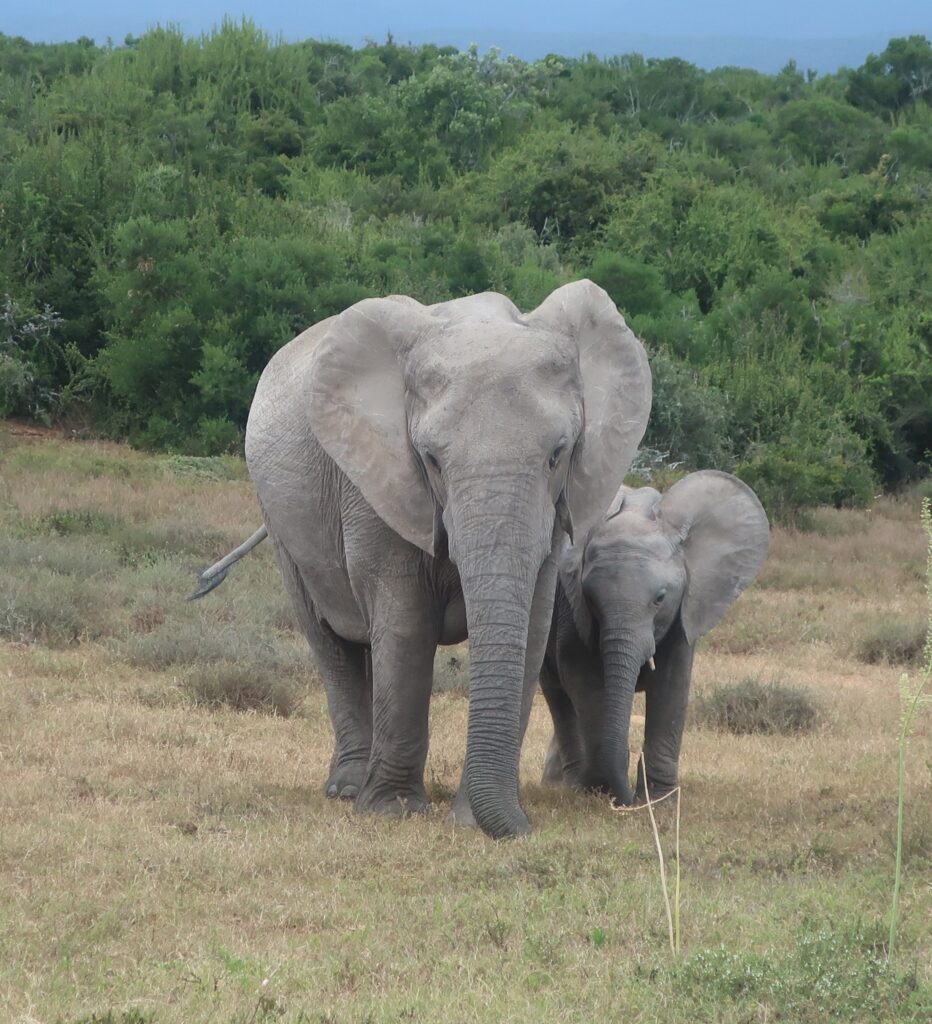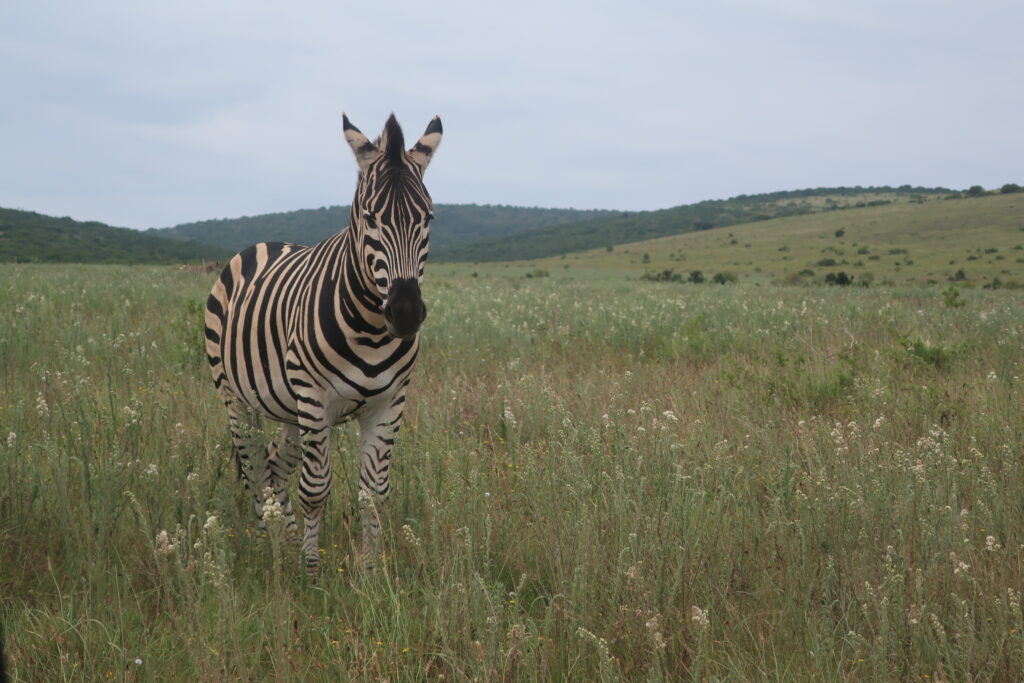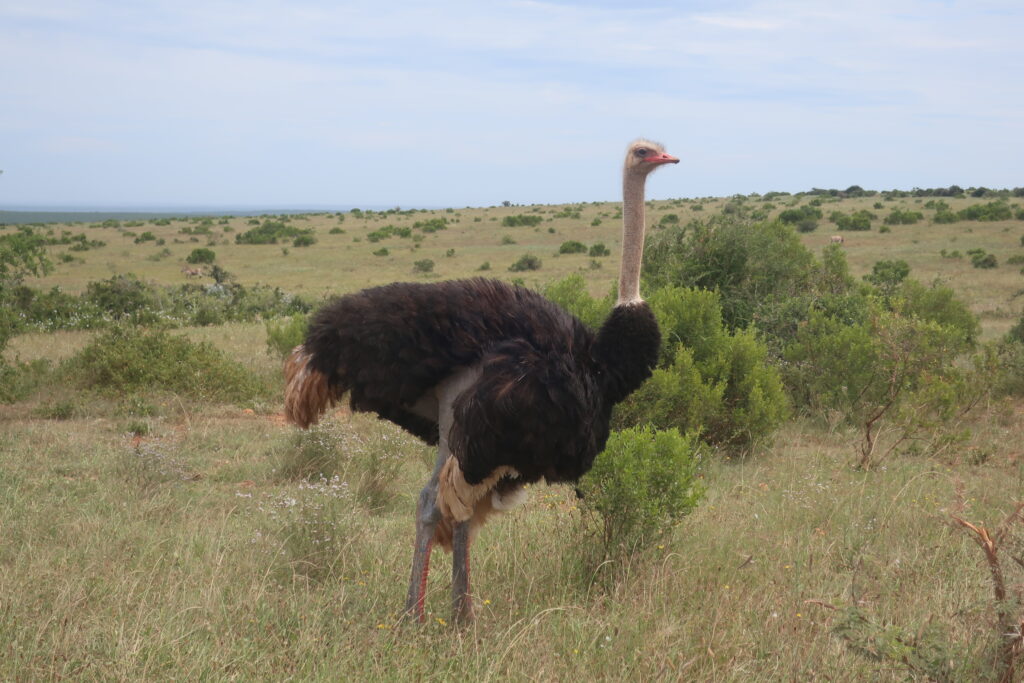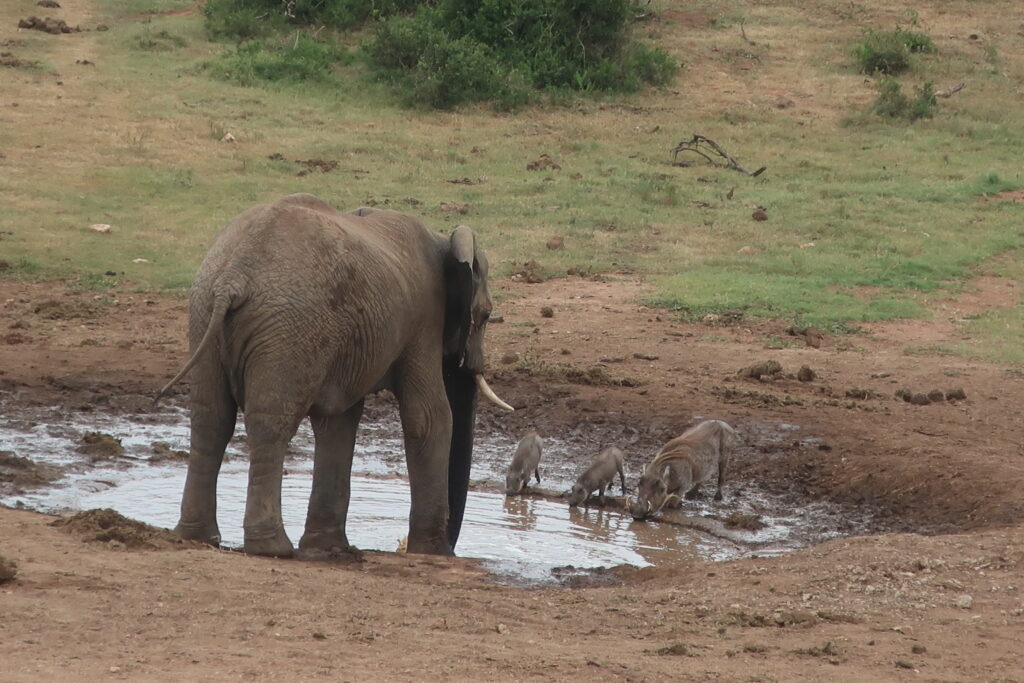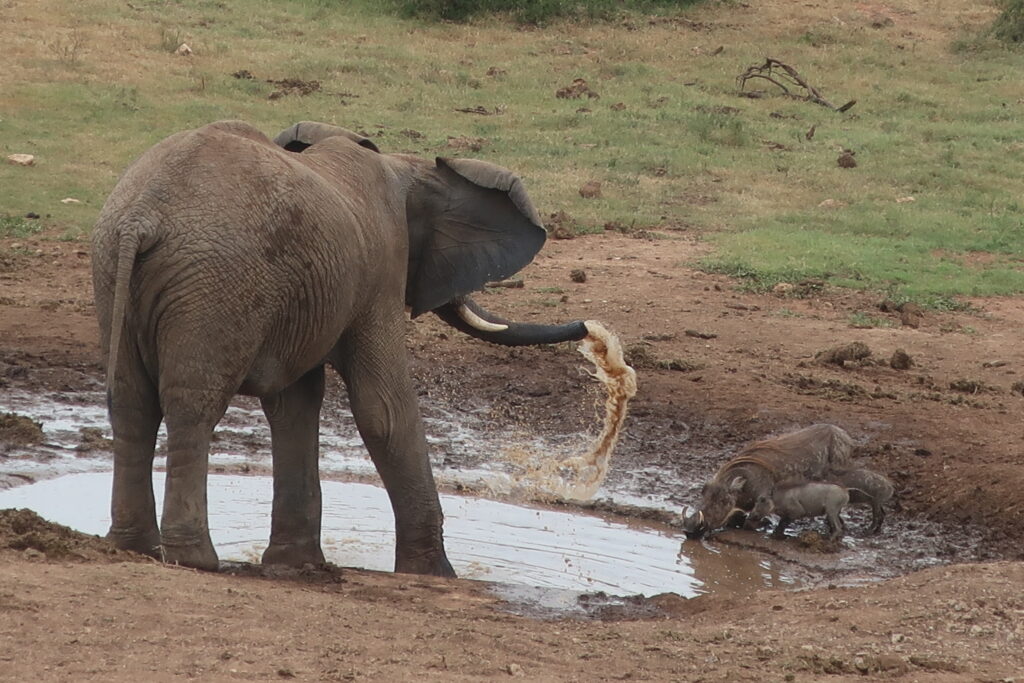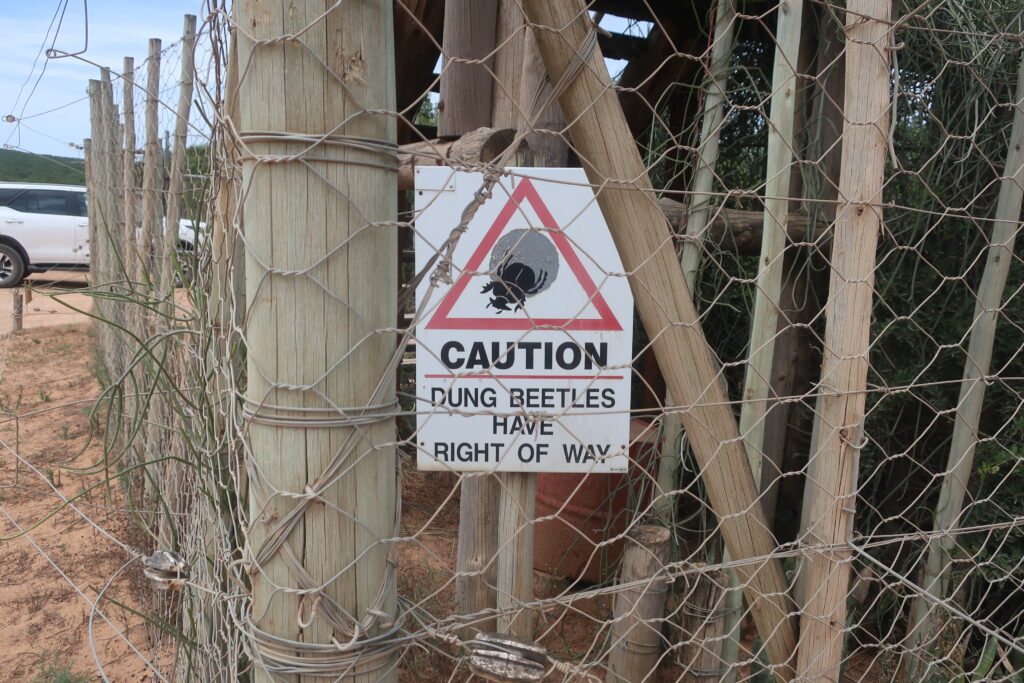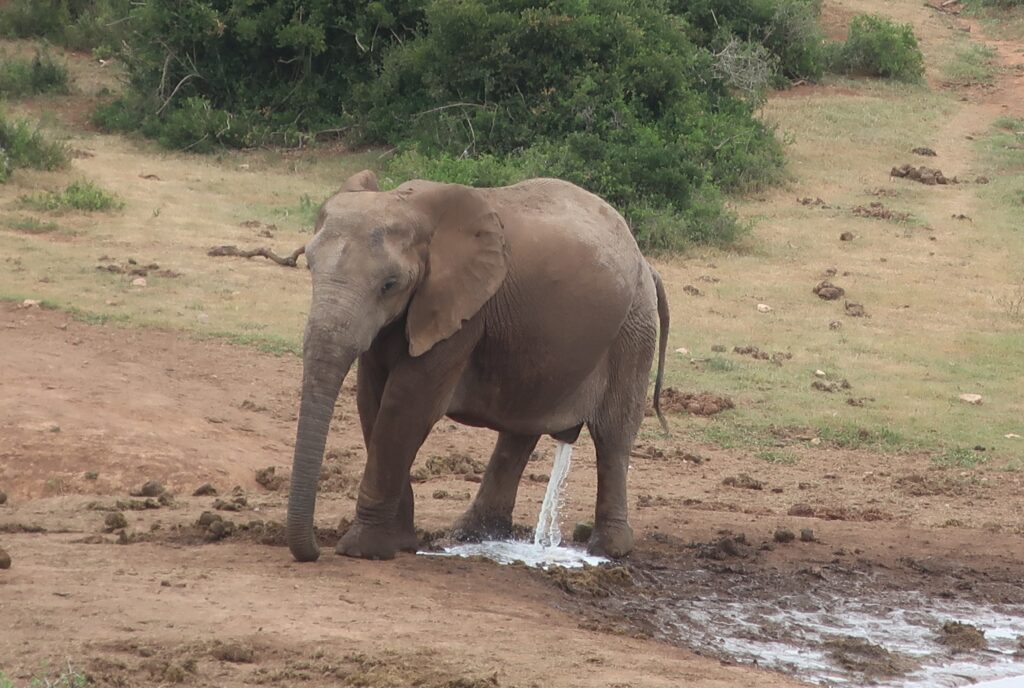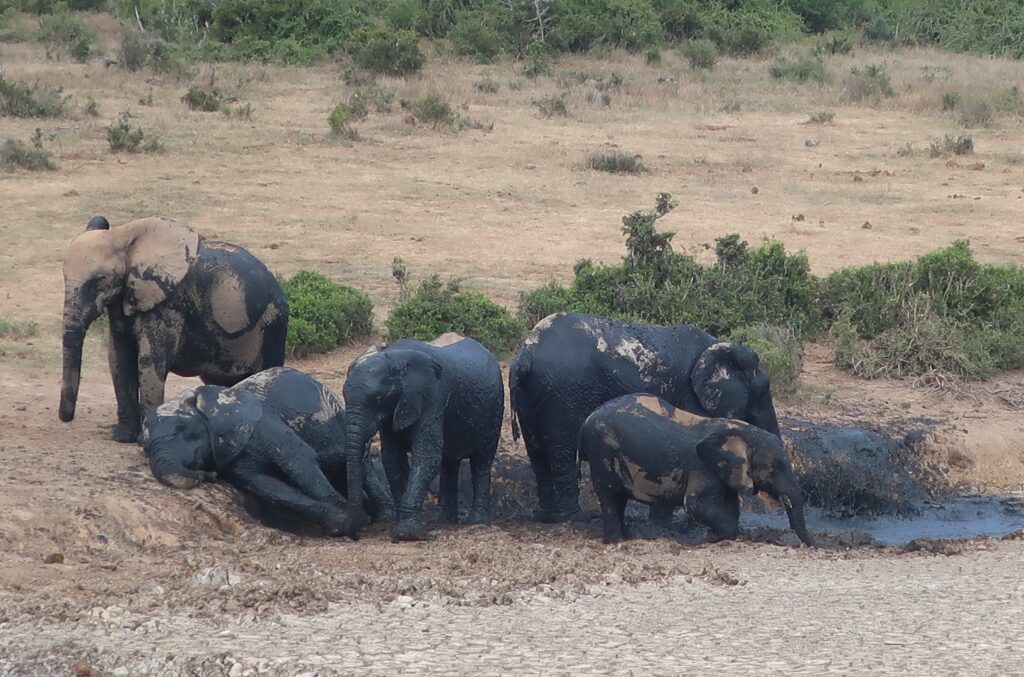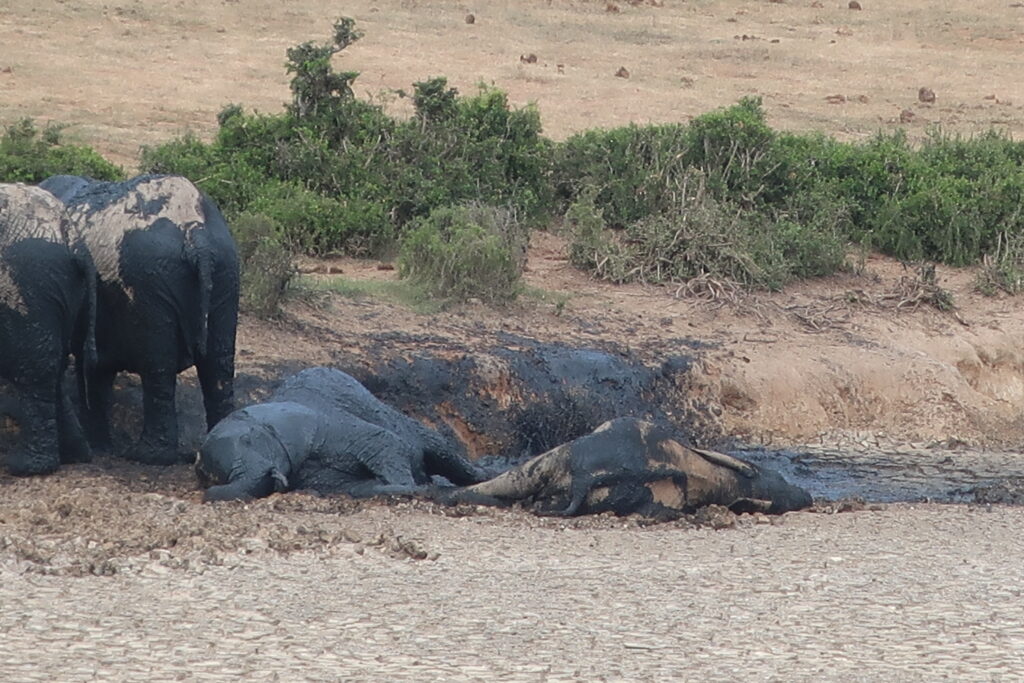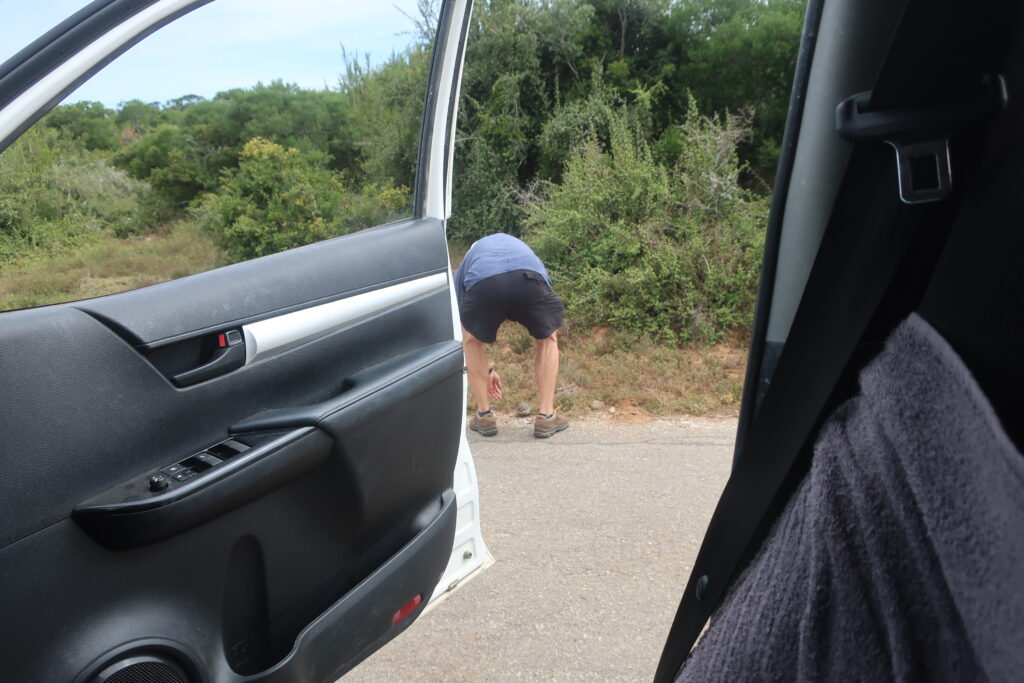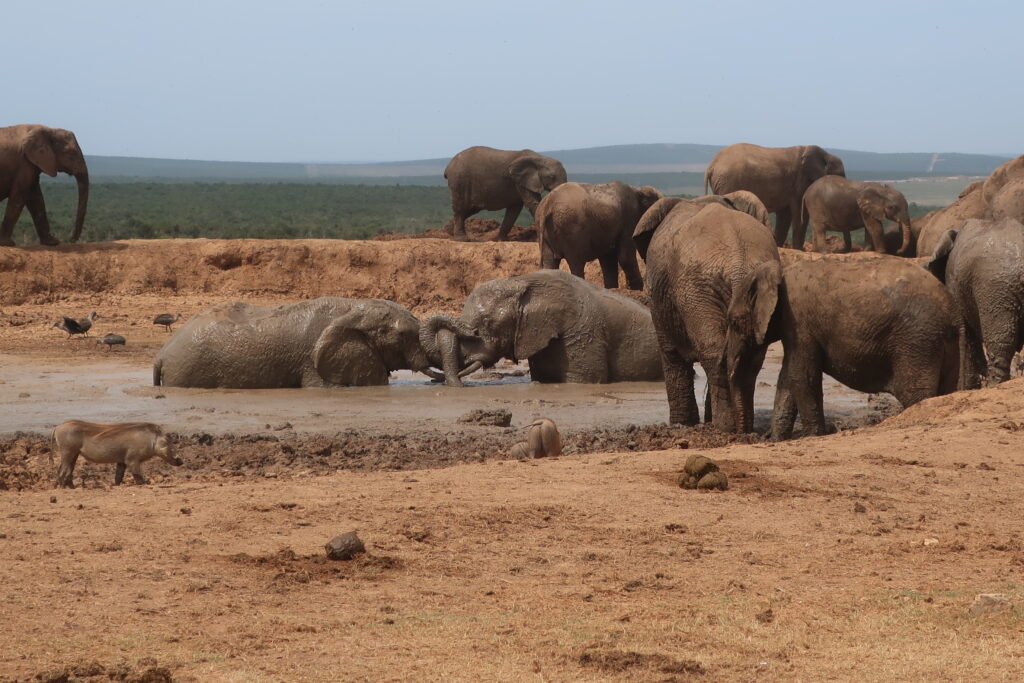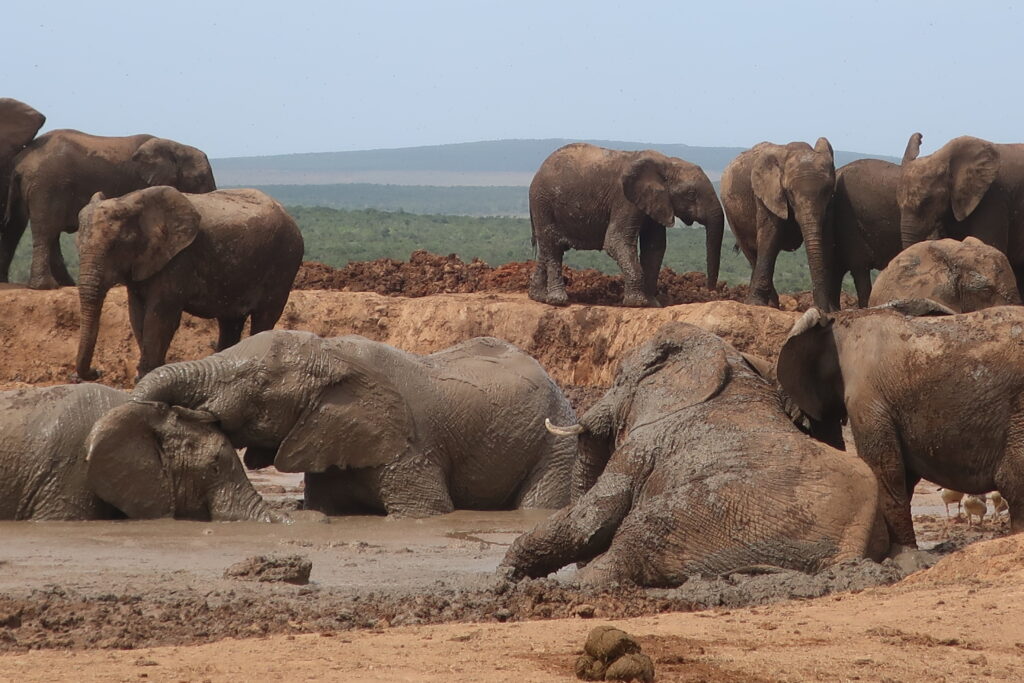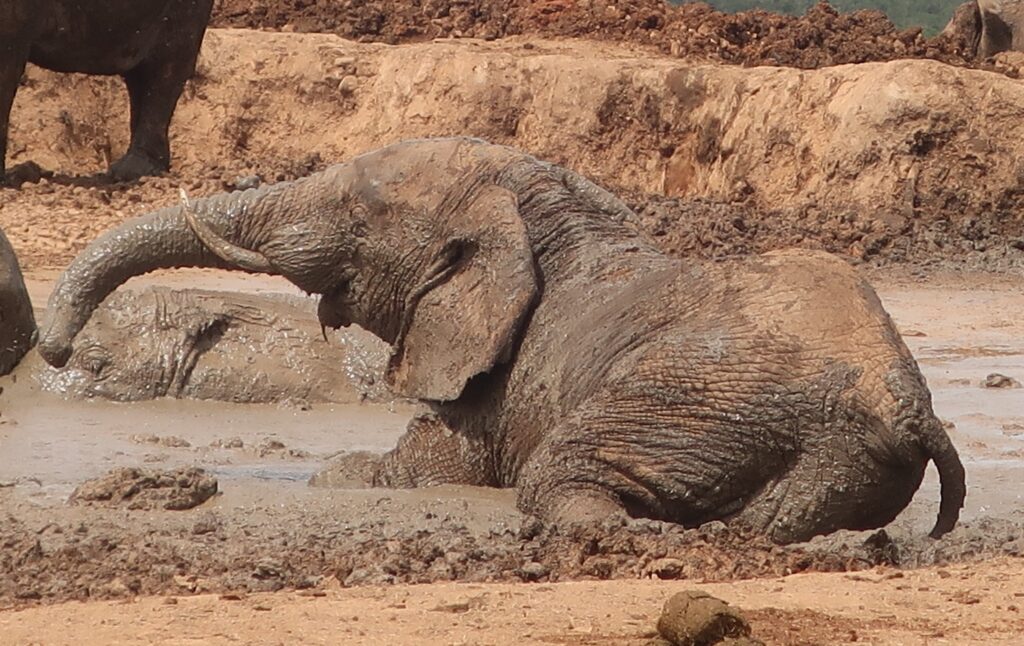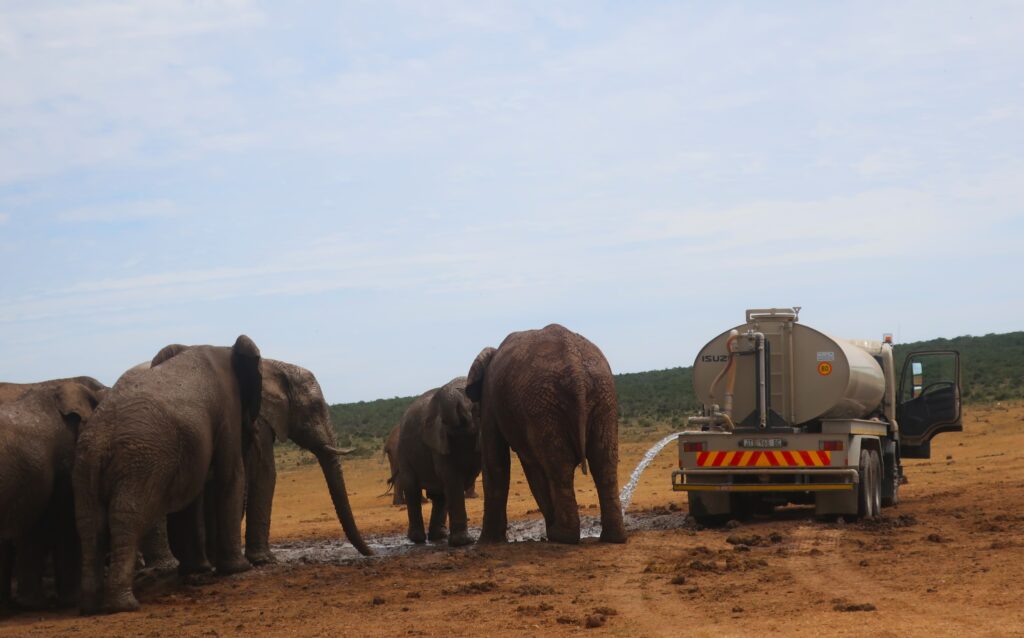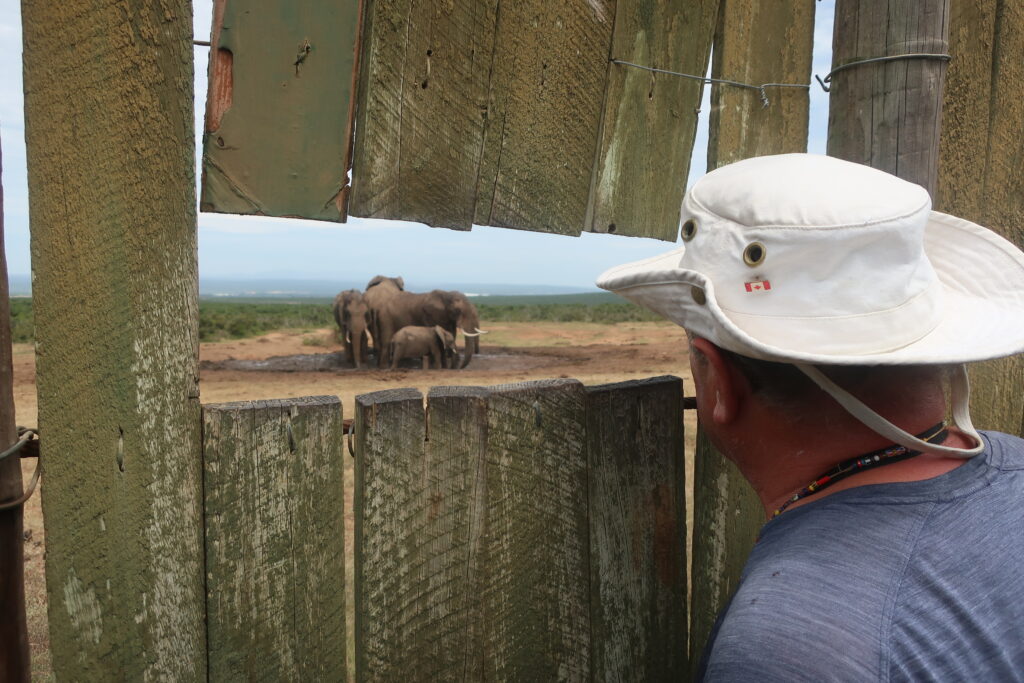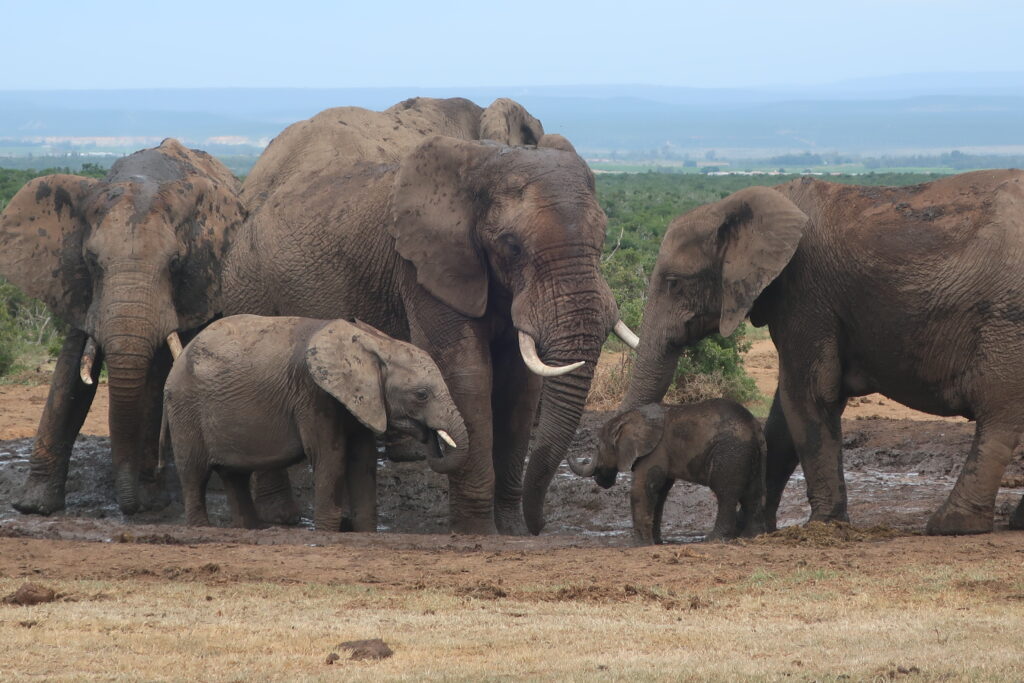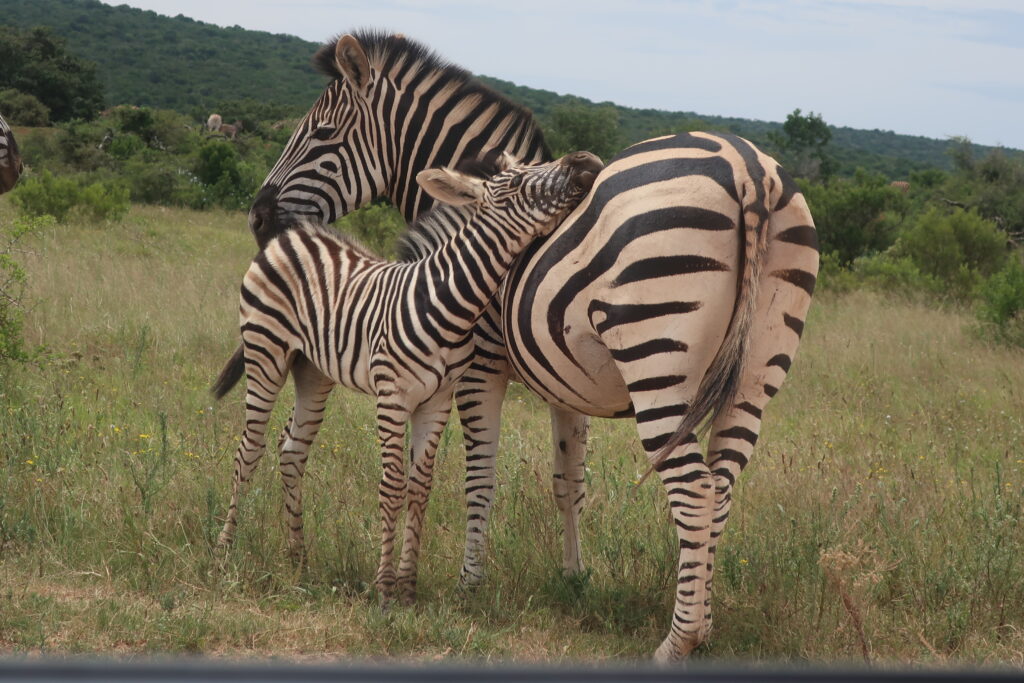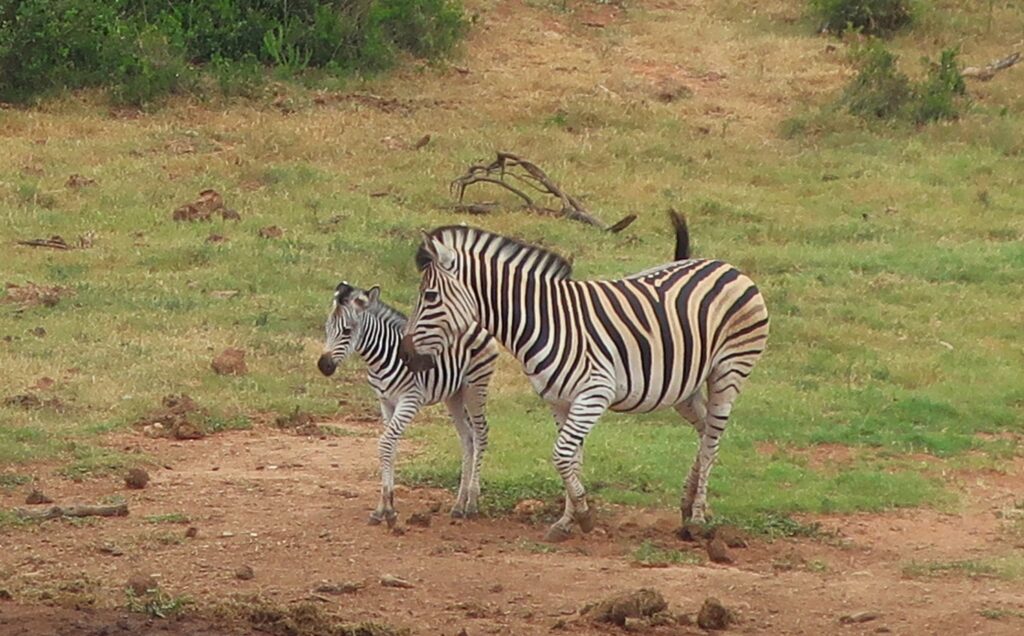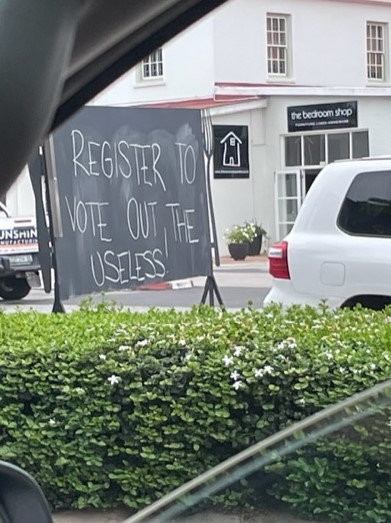Another voyage is drawing to a close. It’ll take some time to get used to a non-nomadic lifestyle. But it’s always a pleasure to come home.
No longer camping, we spend a few nights at the Kleinbosch Lodge.
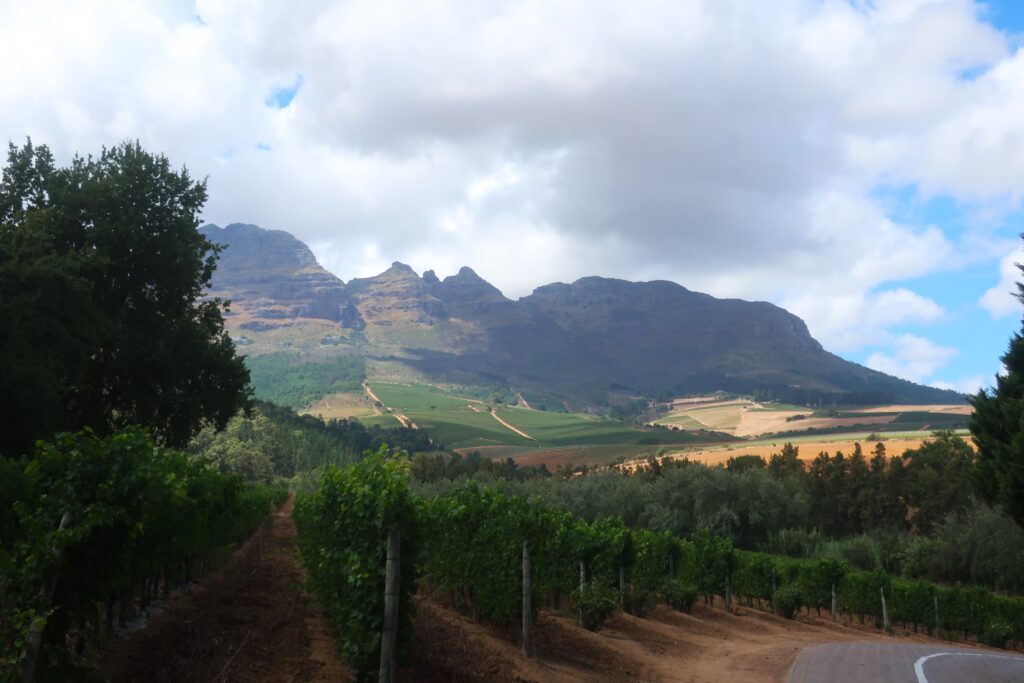
Our last visit is to Rust en Vrede wine estate. Very classy.
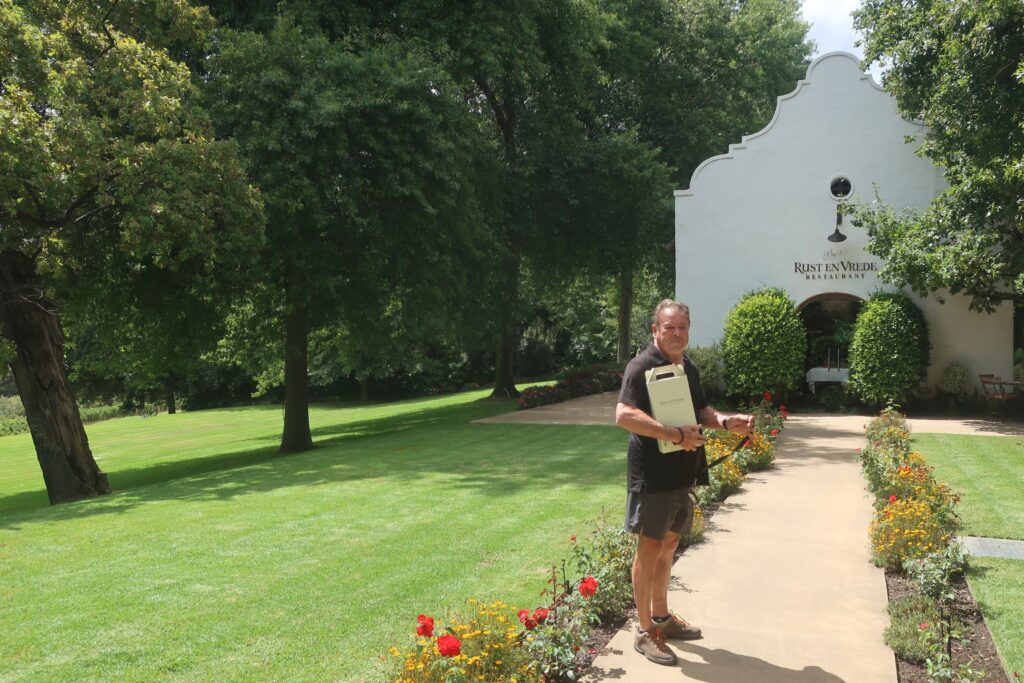
Back in Cape Town, we visit the South African National Gallery.
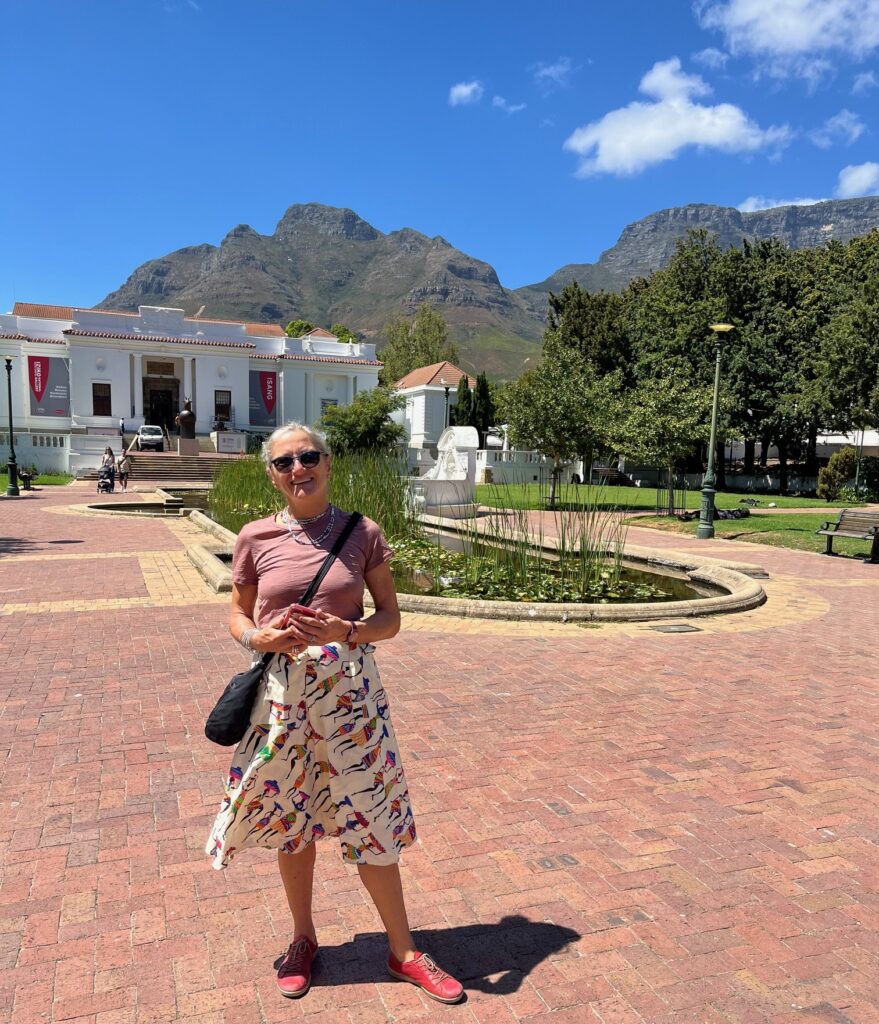
We visit the Kirstenbosch National Botanical Garden for the first time.
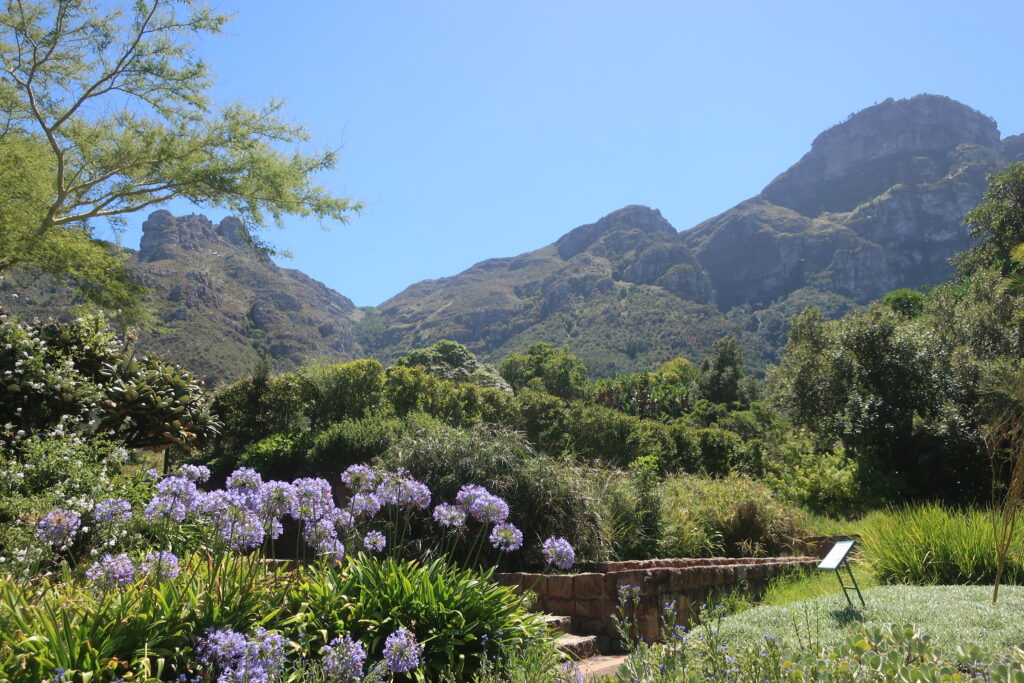
The Gardens were built on grounds originally purchased by Cecil Rhodes.
Speaking of that arch-imperialist, we’re surprised to find an intact statue of the man in the Company Gardens in Cape Town. Among the kind of people who love to destroy statues of all imperfect men, his statues usually top the list.
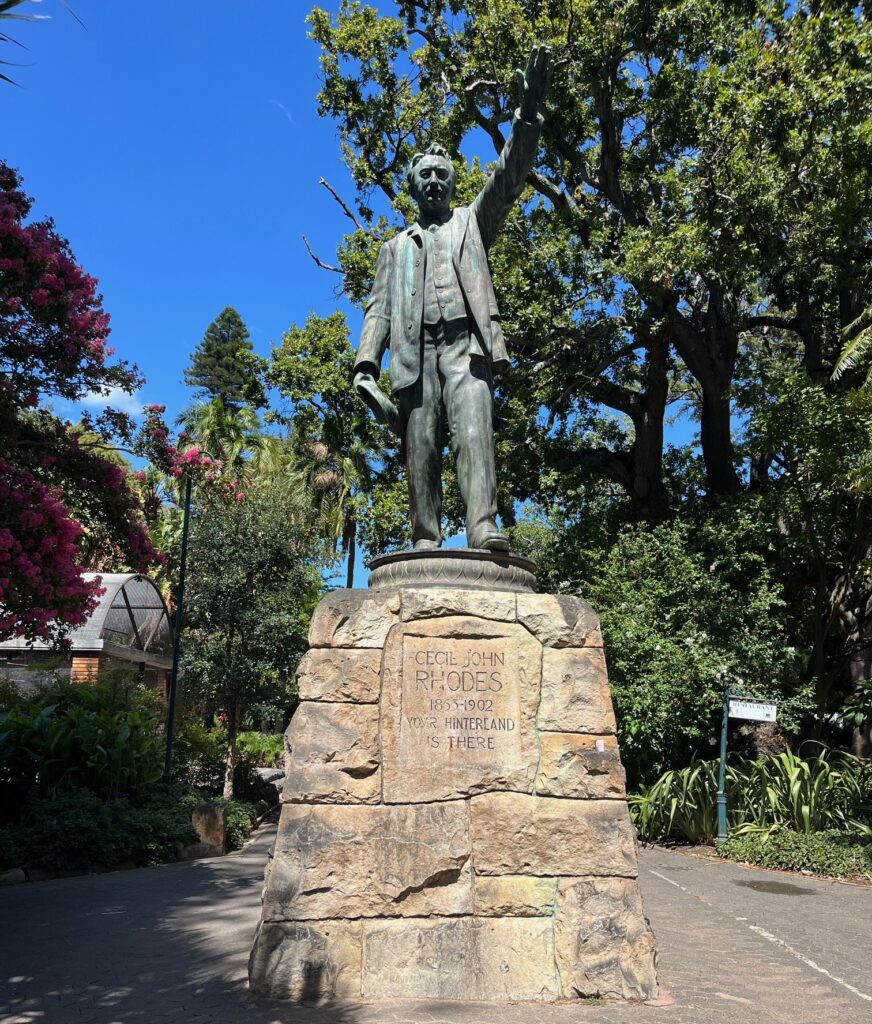
Nobody turns down his scholarships to Oxford, though, as far as we know. (Which are open to all races and religions, as specified by Rhodes himself.)
Anyway, back to Kirstenbosch. According to Wikipedia:
‘Kirstenbosch places a strong emphasis on the cultivation of indigenous plants. When Kirstenbosch was founded in 1913 to preserve the flora native to the South Africa’s territory, it was the first botanical garden in the world with this ethos, at a time when invasive species were not considered an ecological and environmental problem.’
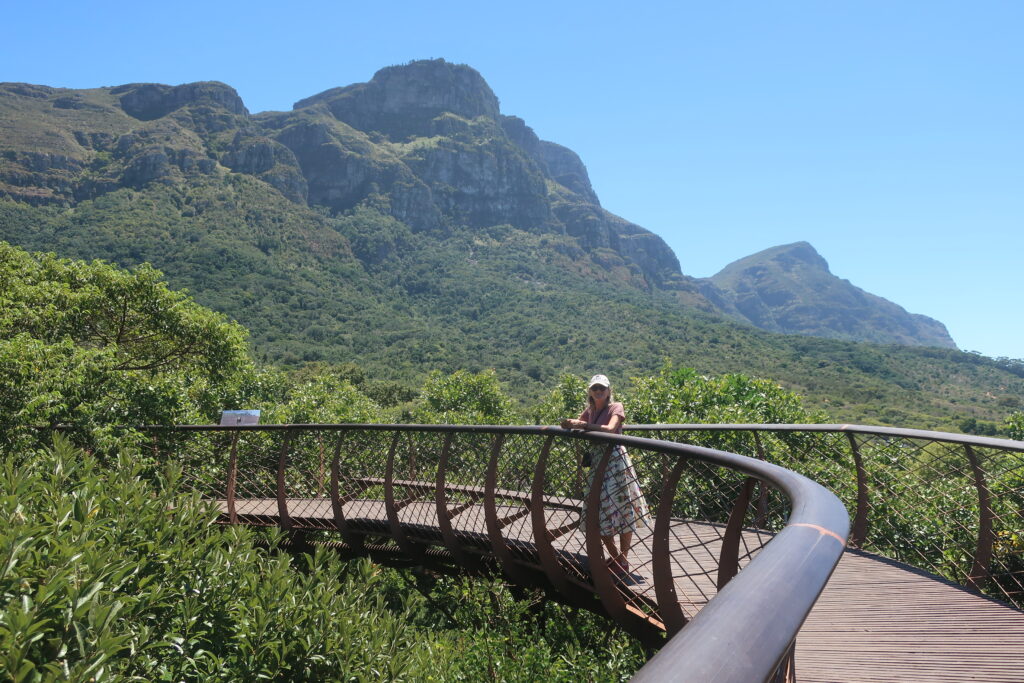
After visiting the gardens, we go for a pizza at Ferdinando’s, in the trendy Observatory district. The pizza is delicious.
Maria finds a place for yoga sessions on nearby Waterkant Street. (Nearby to where we’re staying, that is.) The hillside neighbourhood has pastel-coloured vintage houses, cafes and restaurants galore.
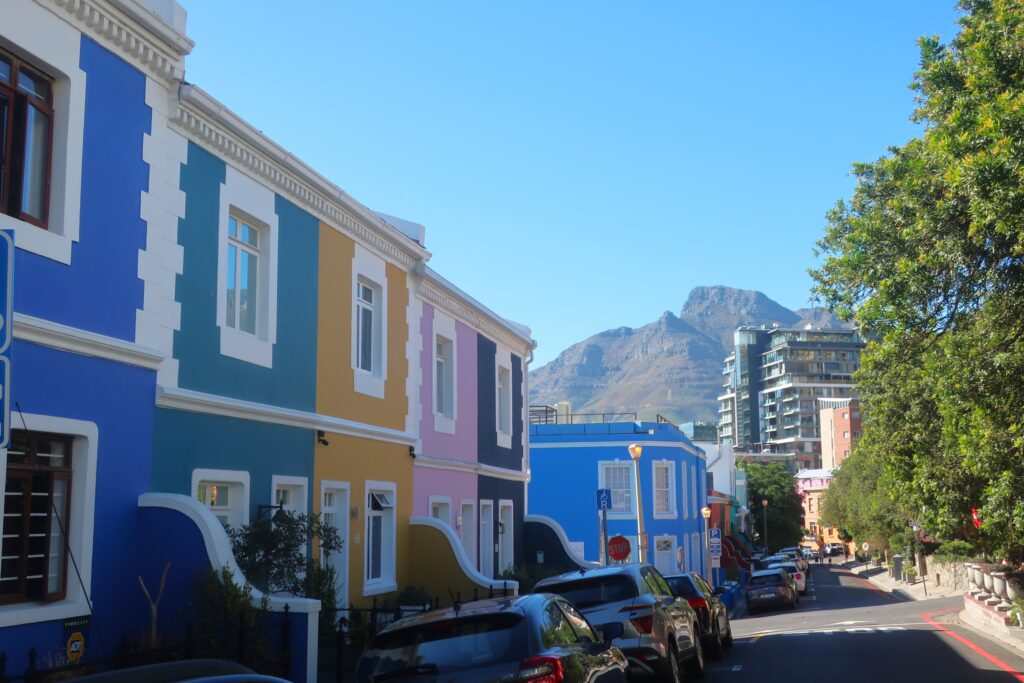
The polar opposite of central Cape Town is the slum of Khayelitsha, which we pass through driving on the N2.
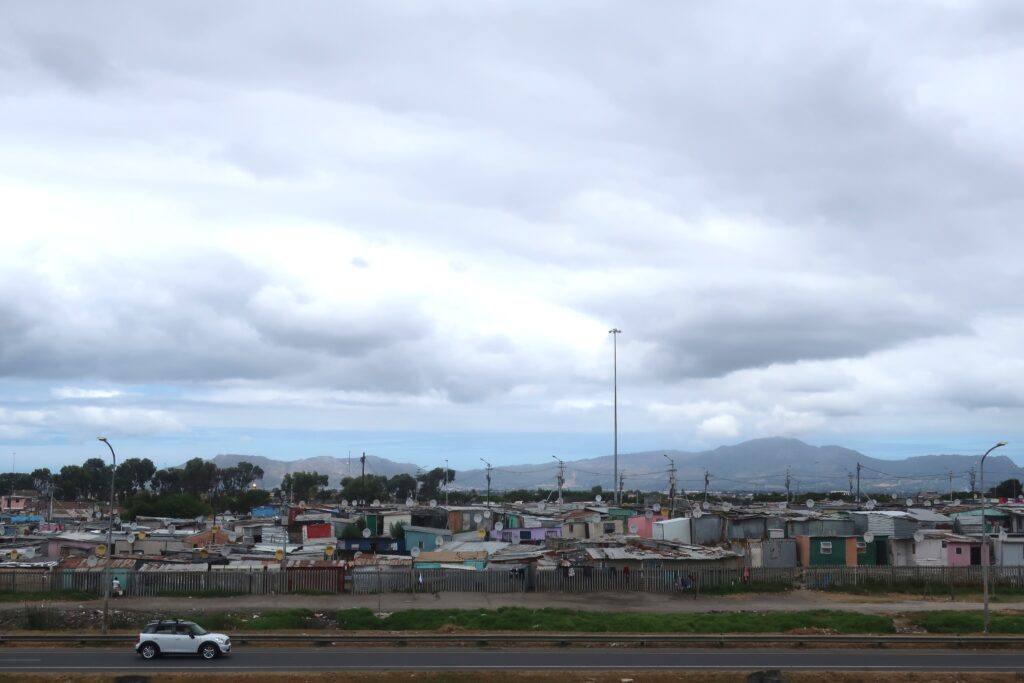
Khayelitsha is one of the most notorious slums in Africa. Having said that, it’s still South Africa, so note that there are electricity poles and satellite dishes for everyone.
Let’s just say we’re happy not to have a break-down here.
Our last full day in Cape Town, we visit the SANCCOB seabird sanctuary.
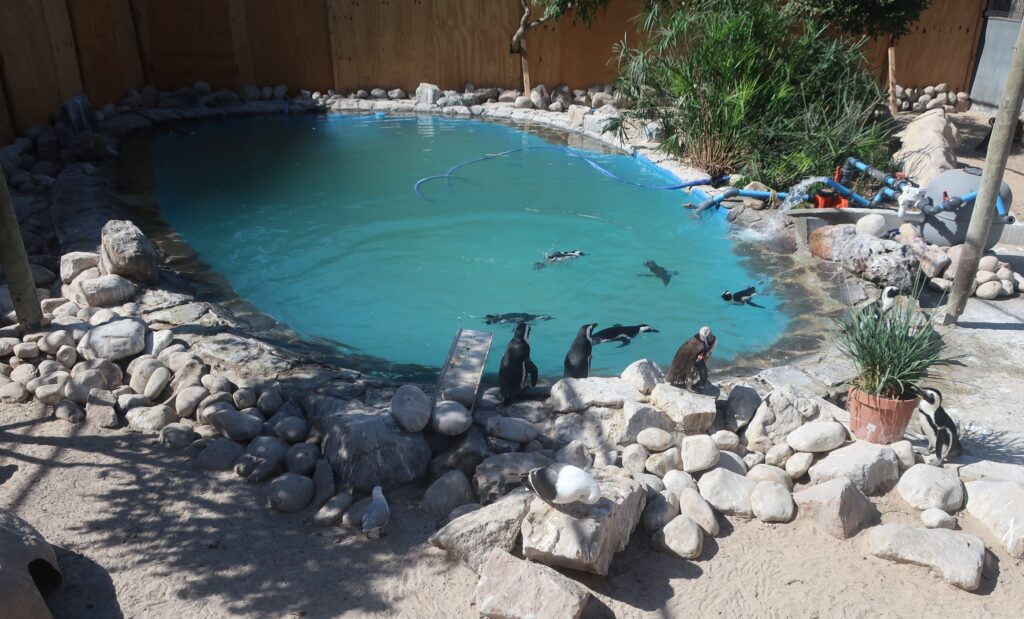
We pay extra for a personal tour. This includes a ringside seat to feeding time.
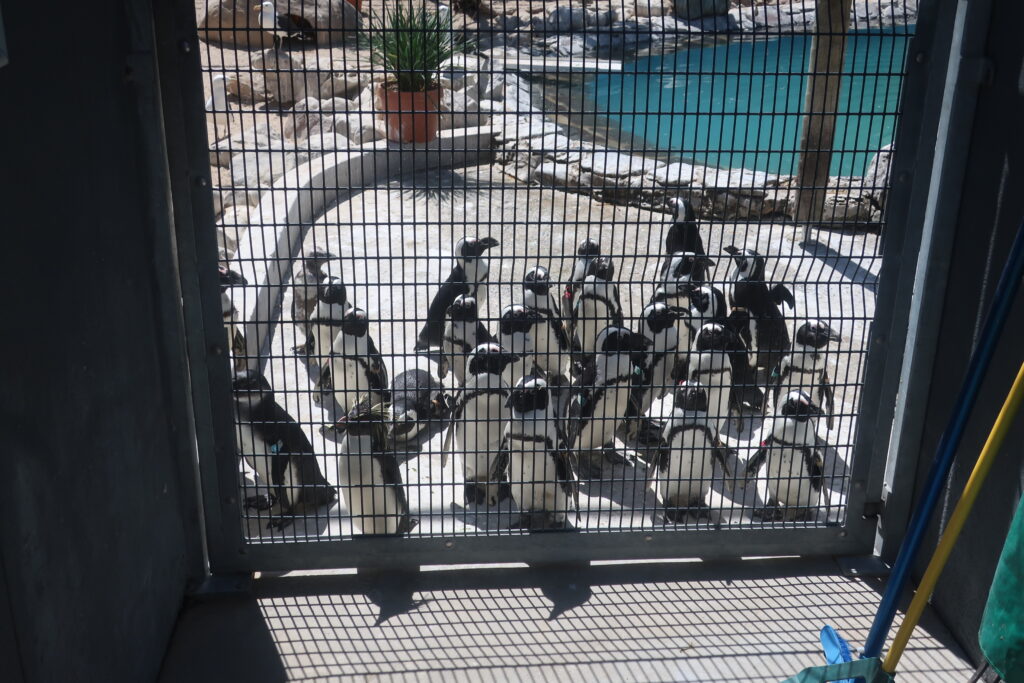
The penguin feeder is easily the most popular human in the centre.
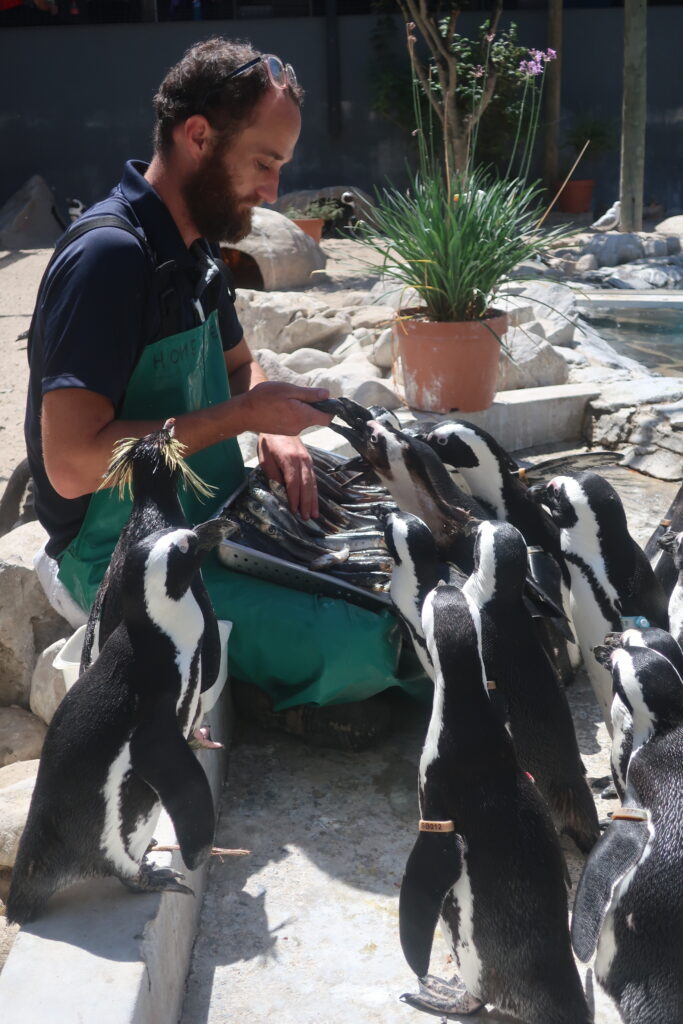
Birds are cared for in all stages, from ‘still in the egg’ to release. This woman spends her day hand-feeding baby penguins.
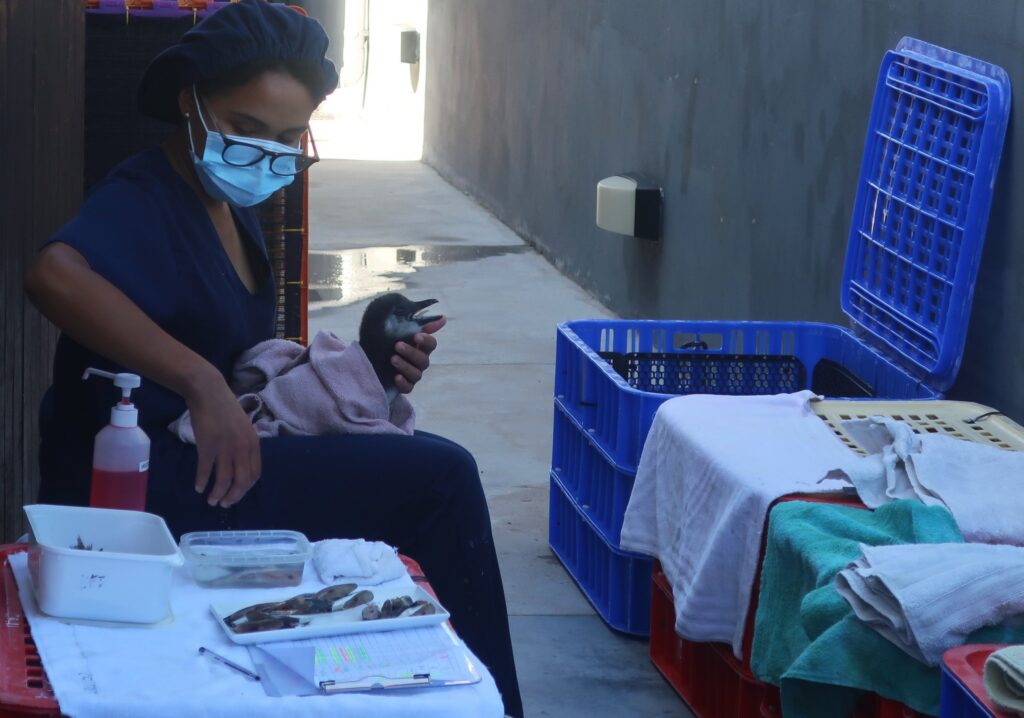
There are veterinary surgeons at hand. This poor little guy needed to have a pin inserted to heal a broken foot. (We can sypathize – we both have titanium pins in our ankles.)
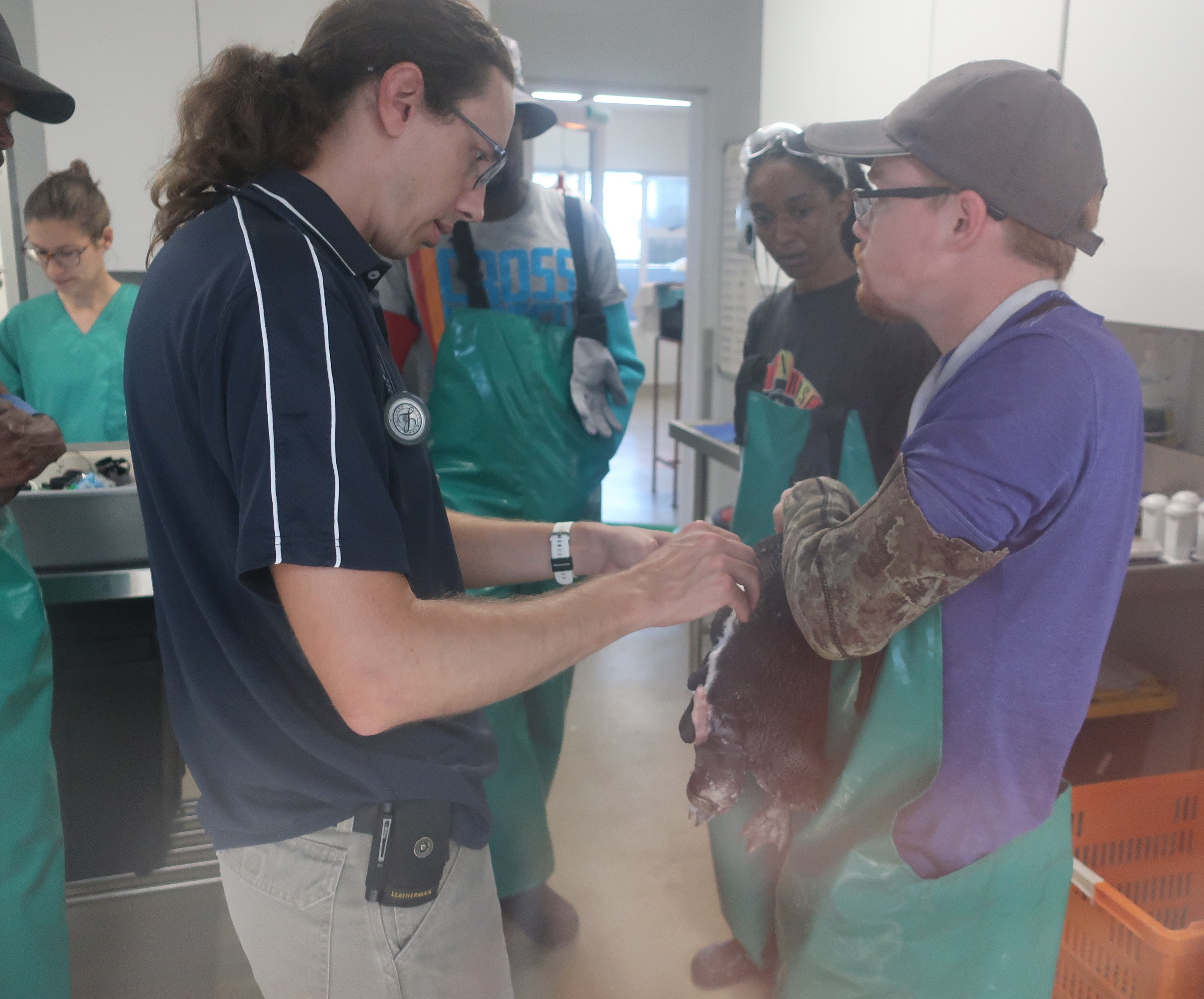
They set him down to assess where he is in his healing journey.
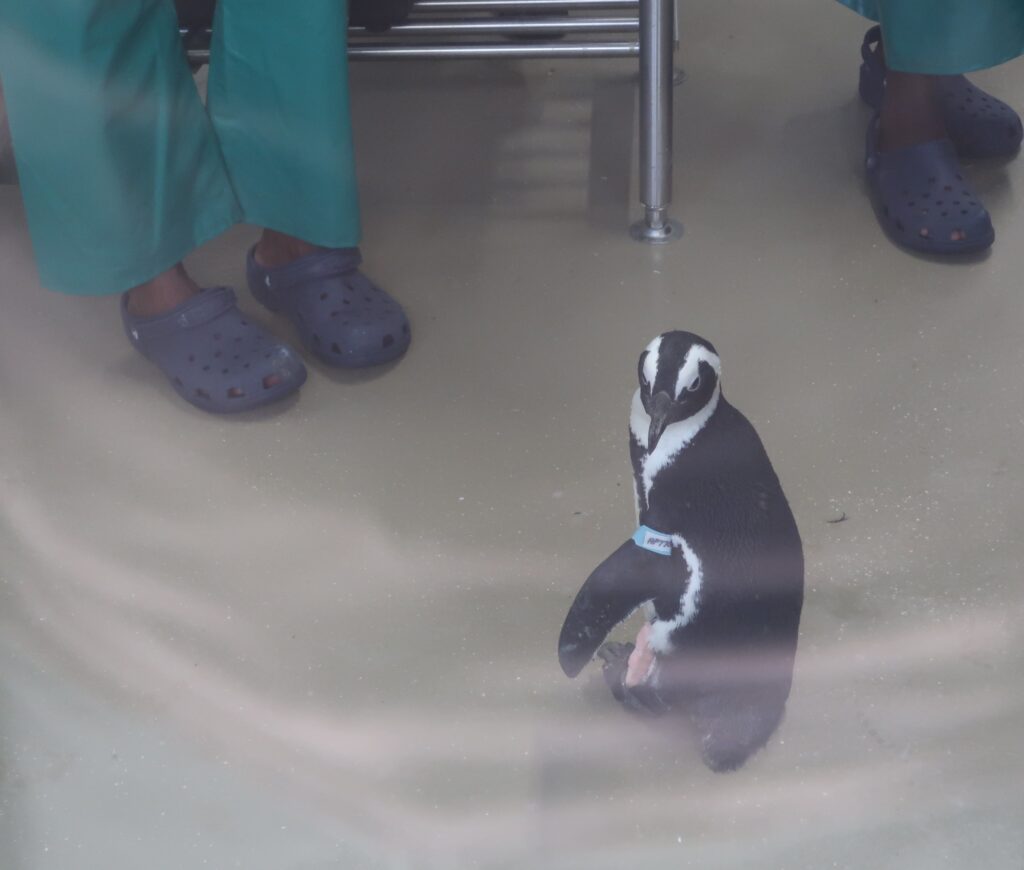
Sight or Insight of the Day
The SANCCOB centre is in a neighbourhood named ‘Table View’. From here, you can see how Table Mountain is flanked by Devil’s Peak on the left and Lion’s Head on the right.
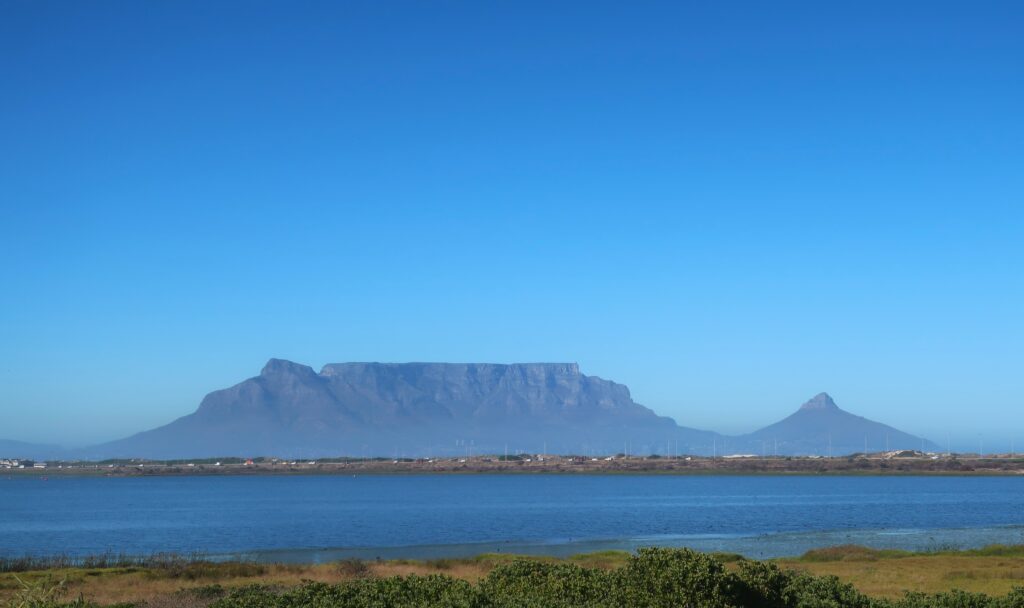
The next day, we fly home. A 15-hour flight direct from Cape Town to Washington, DC, then a brief flight to Ottawa.
We have a feeling we’ll be back.
